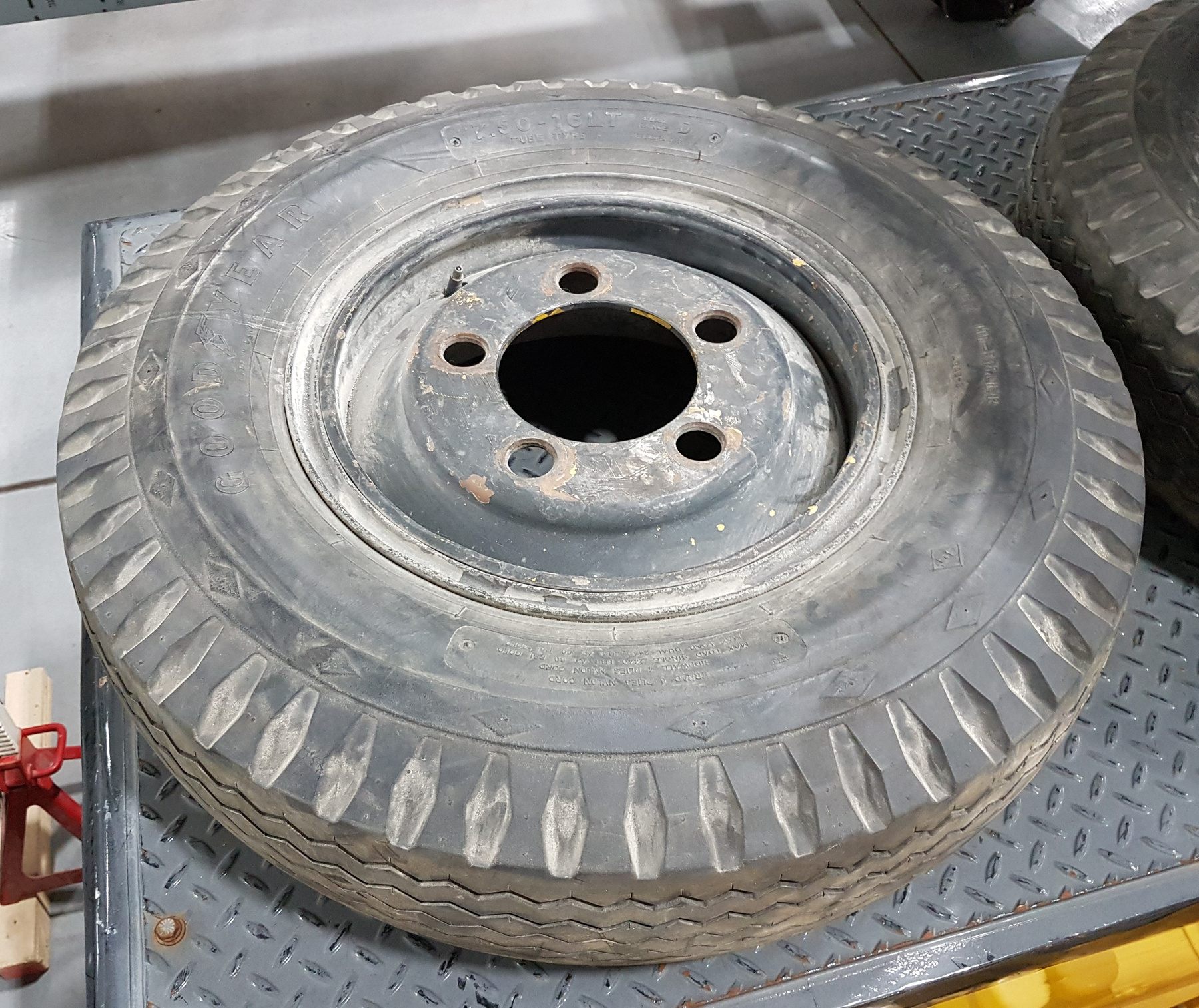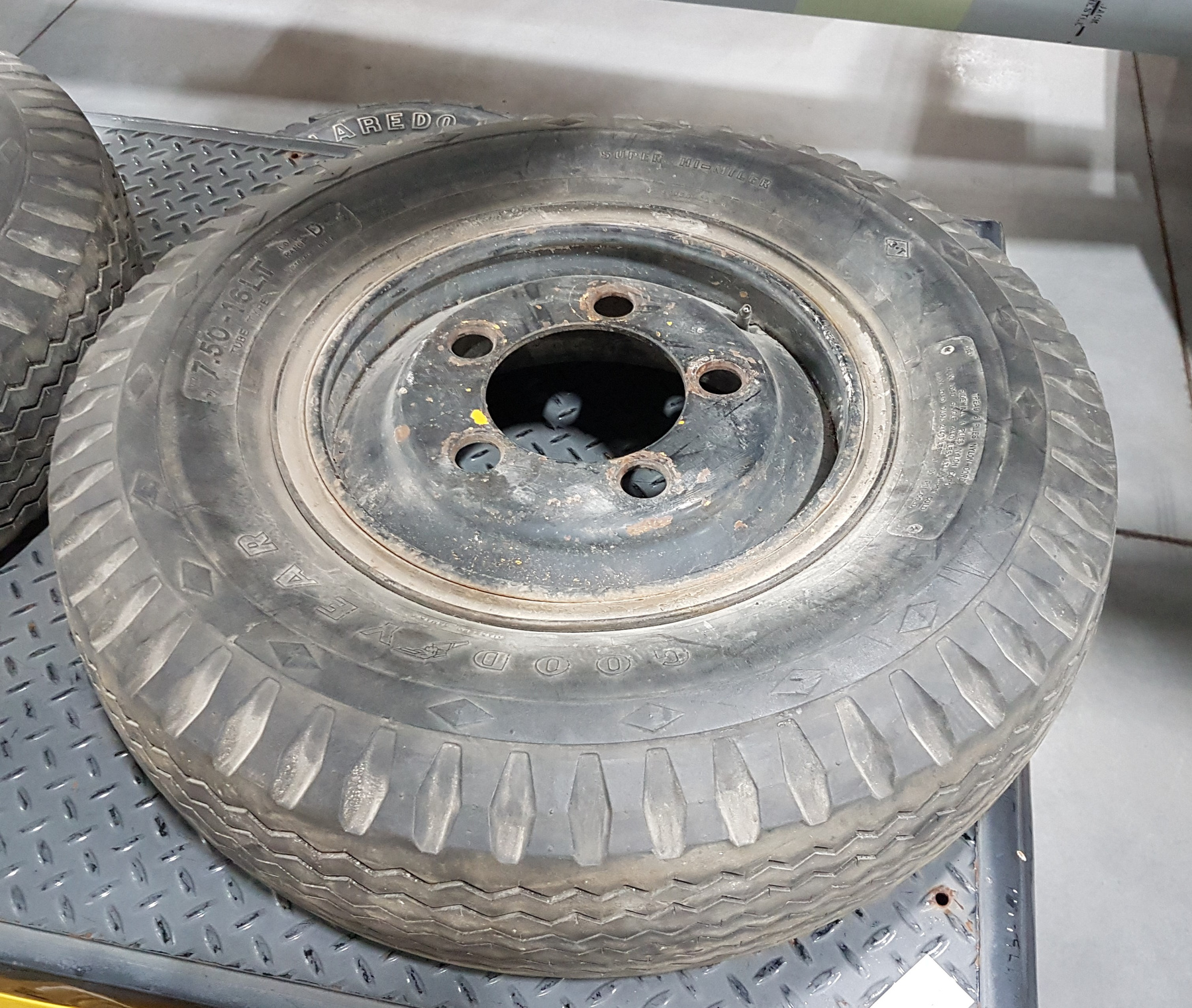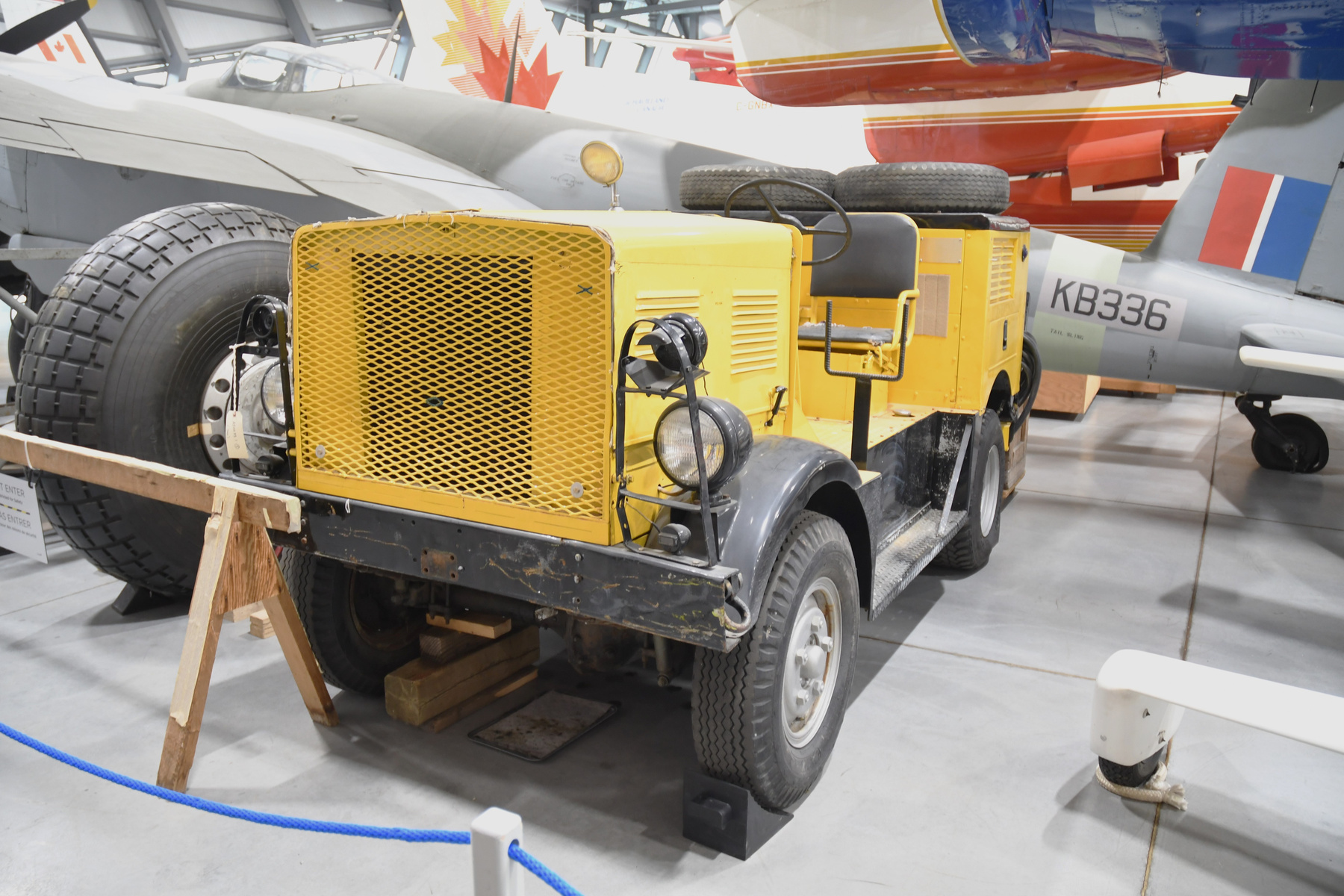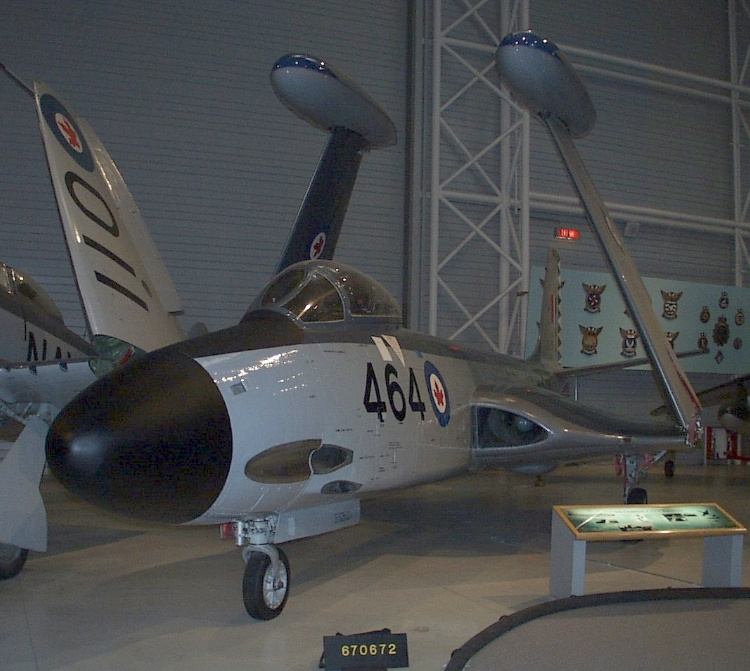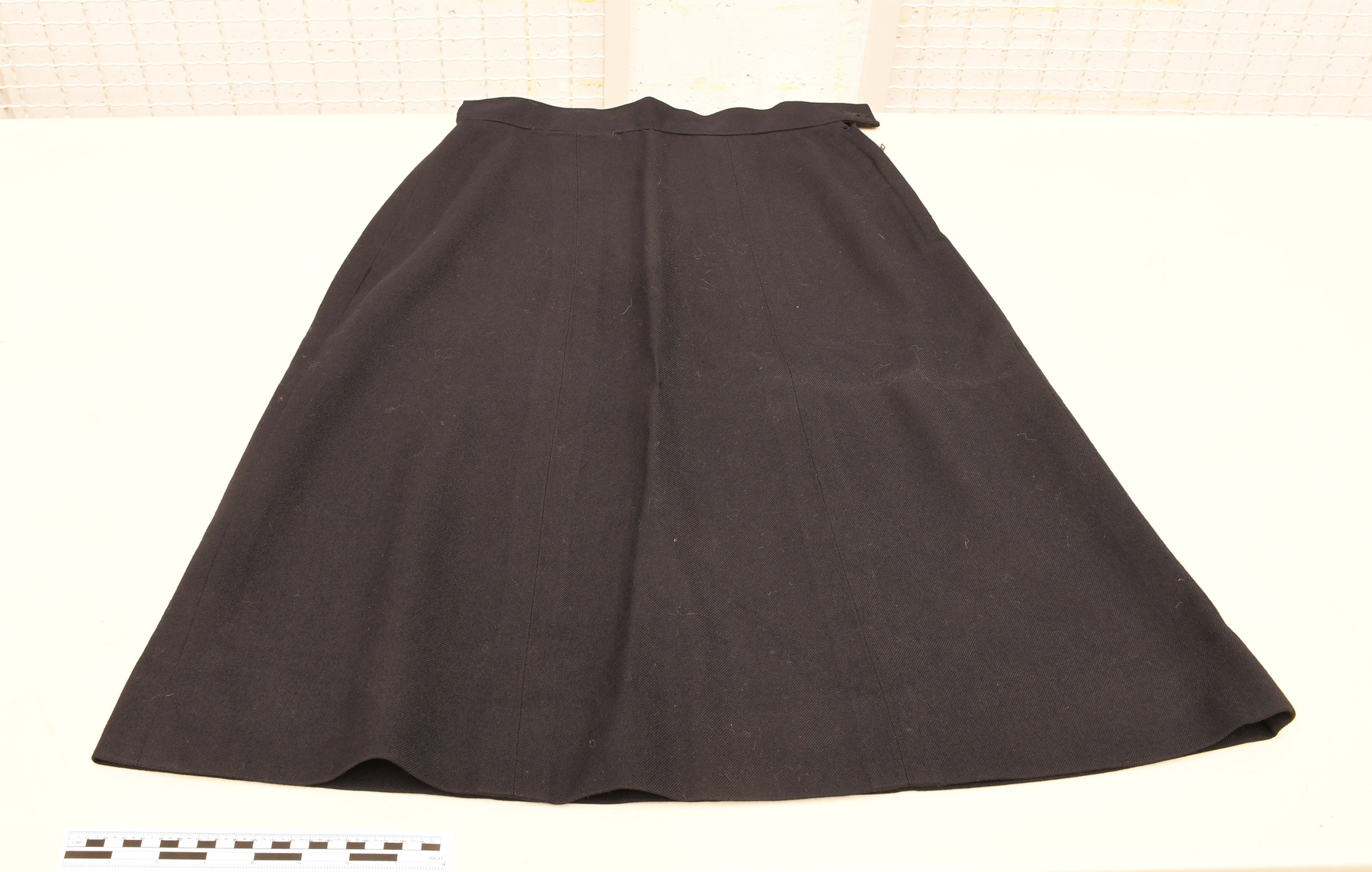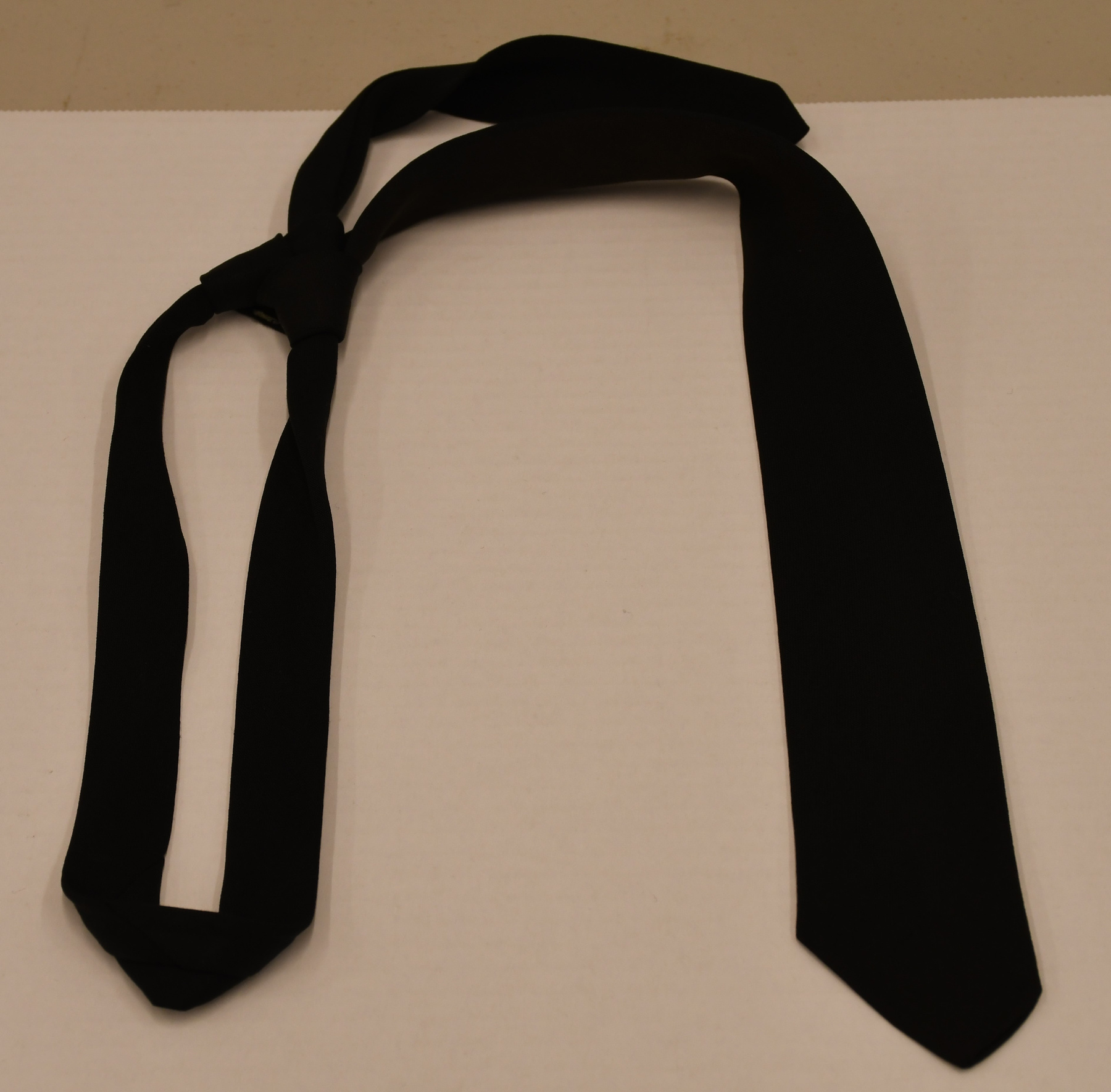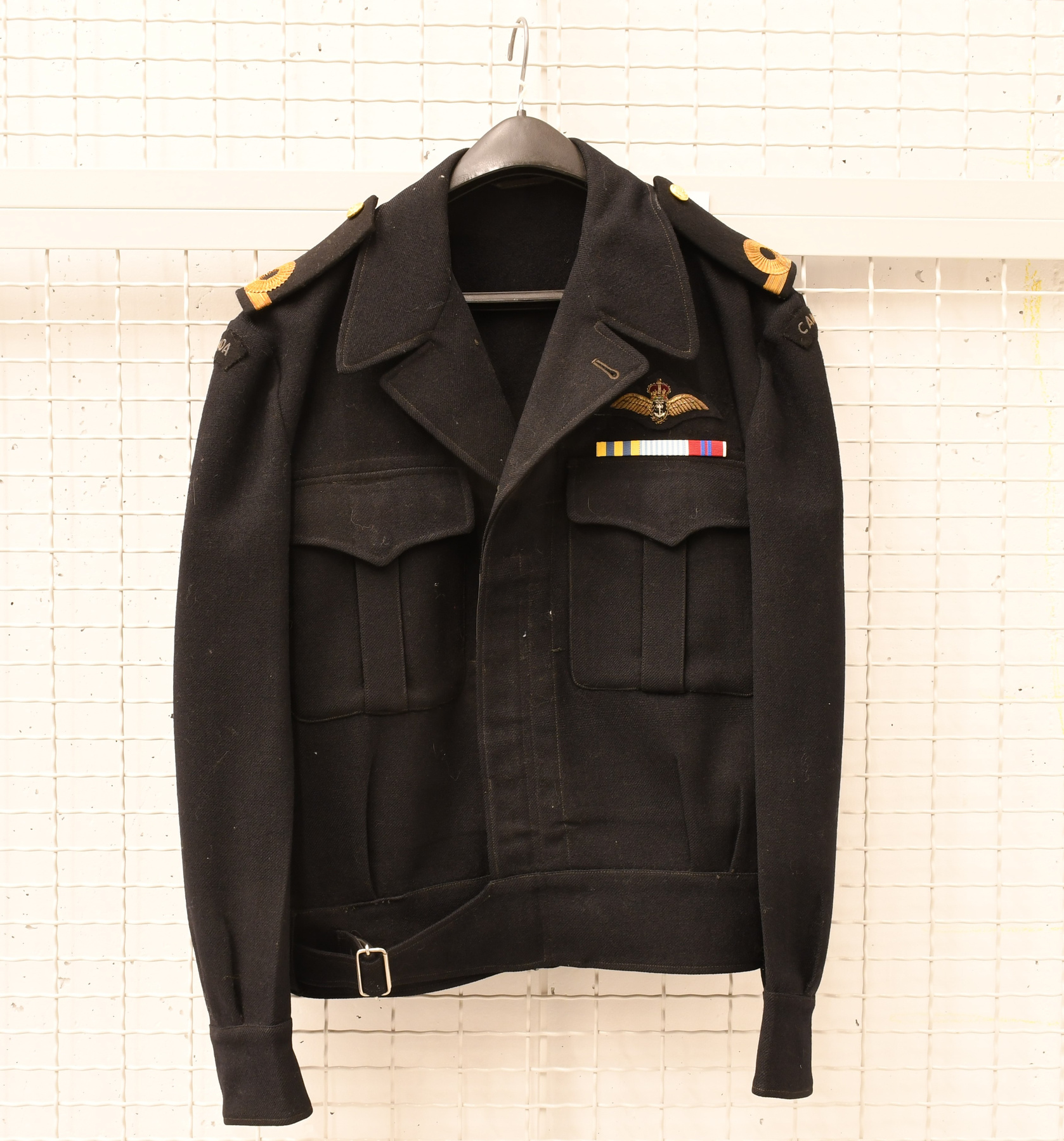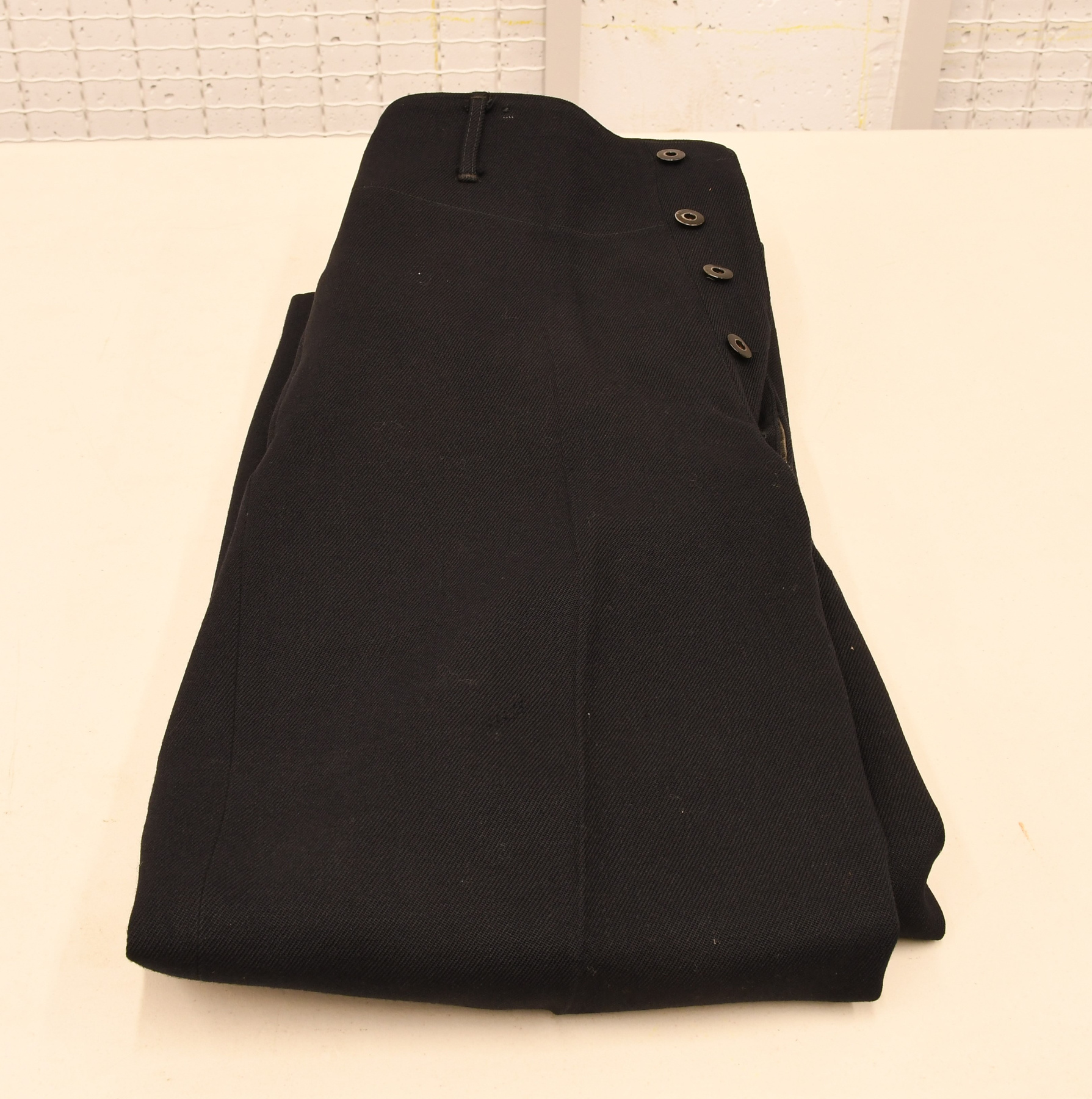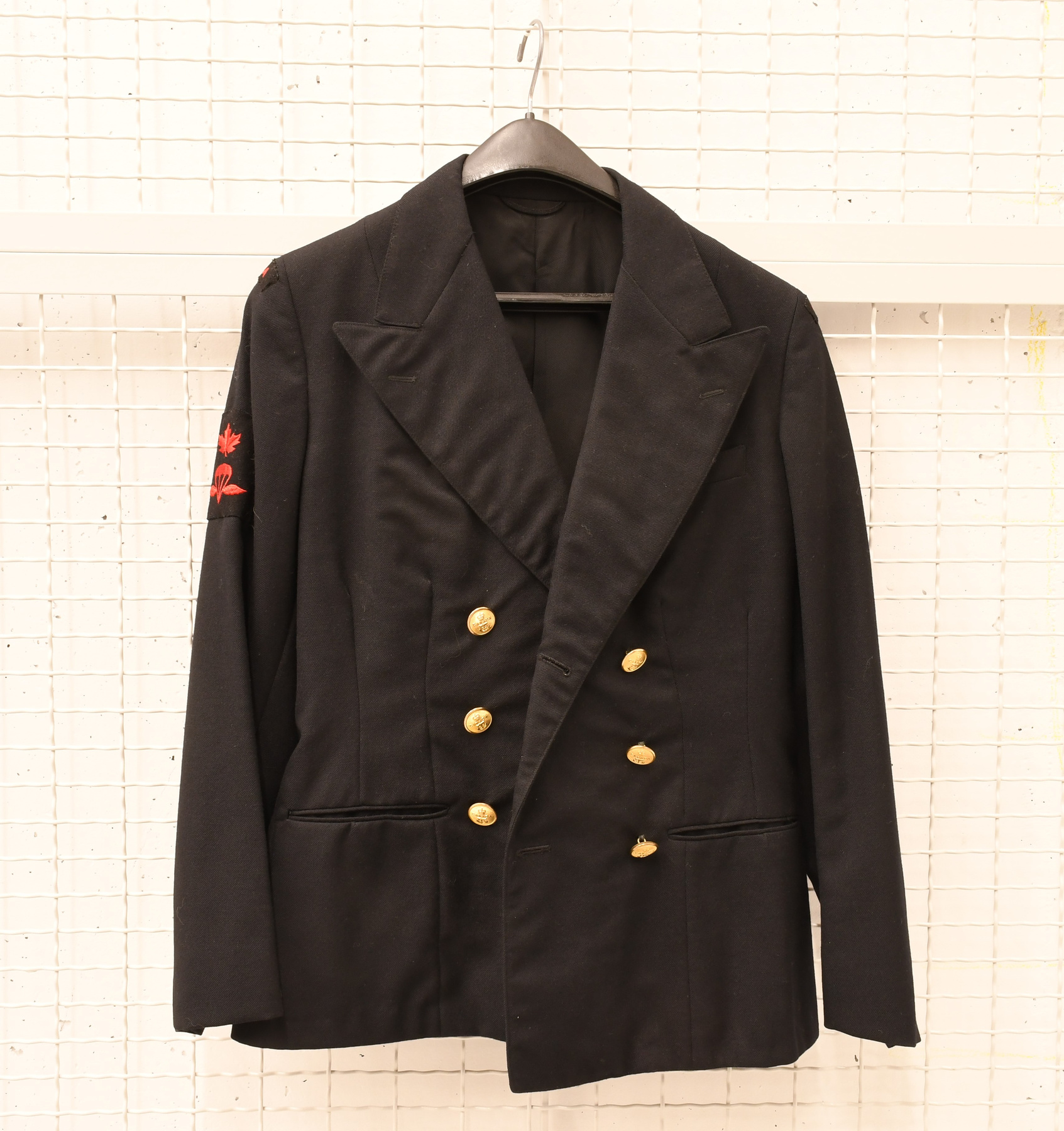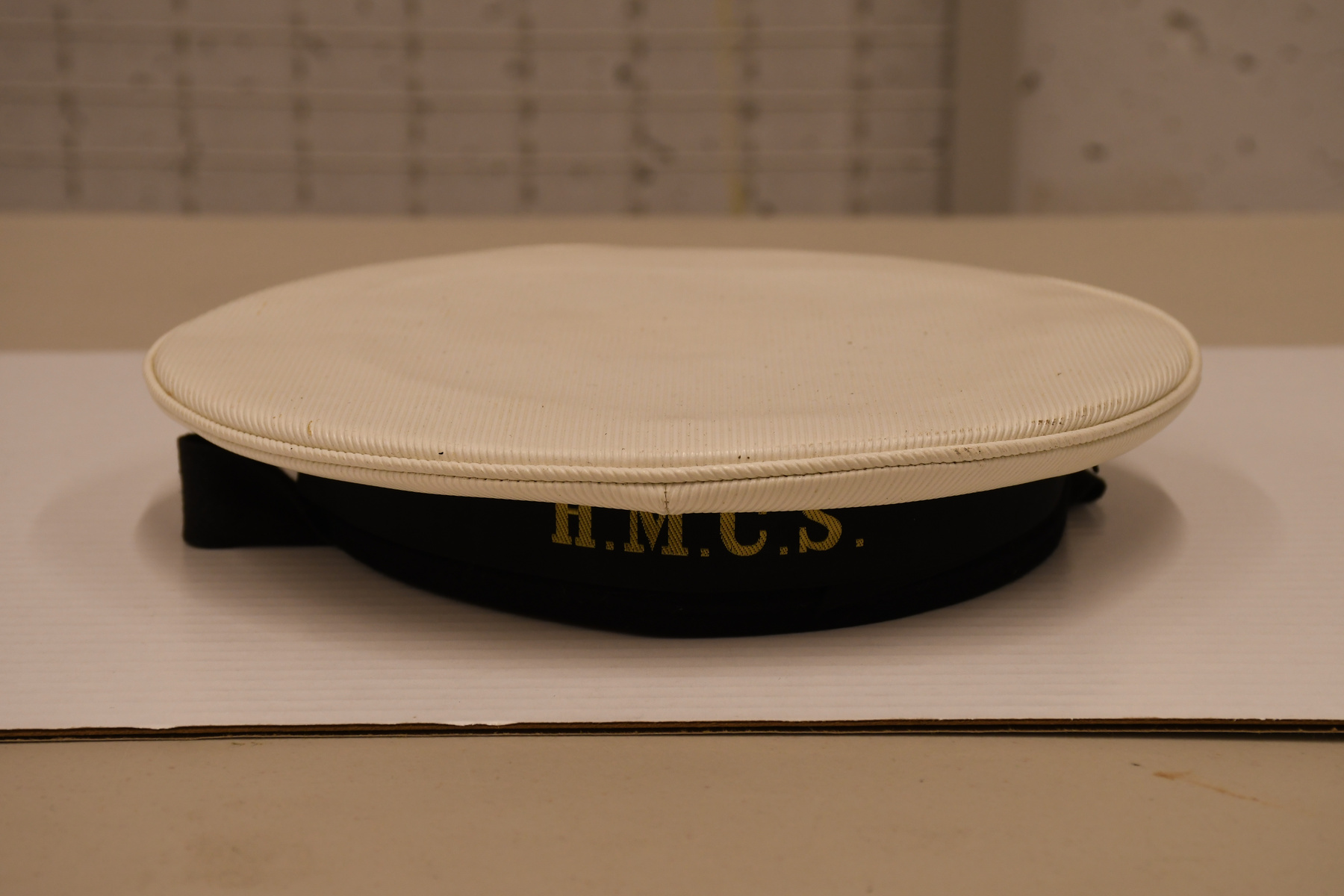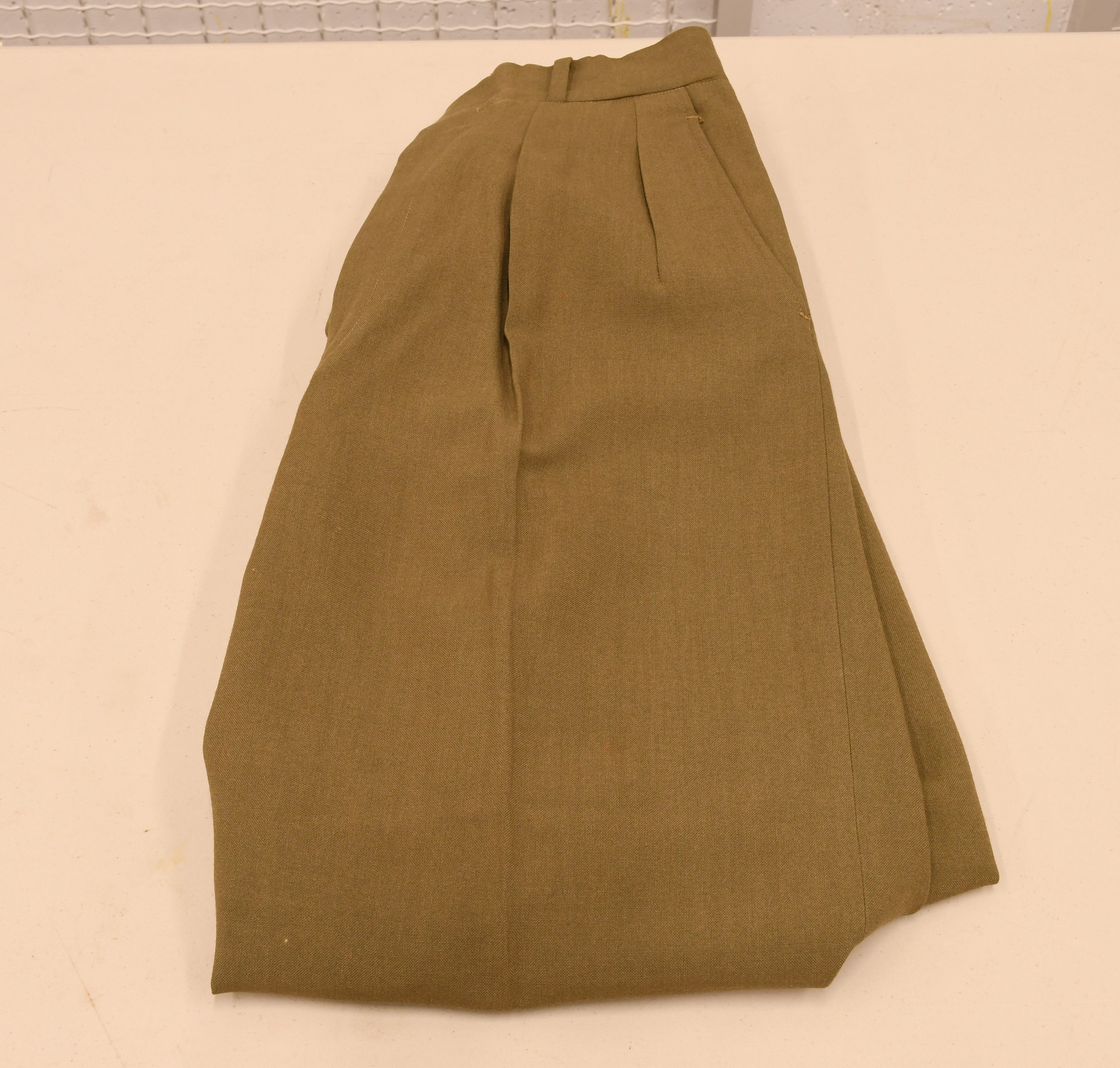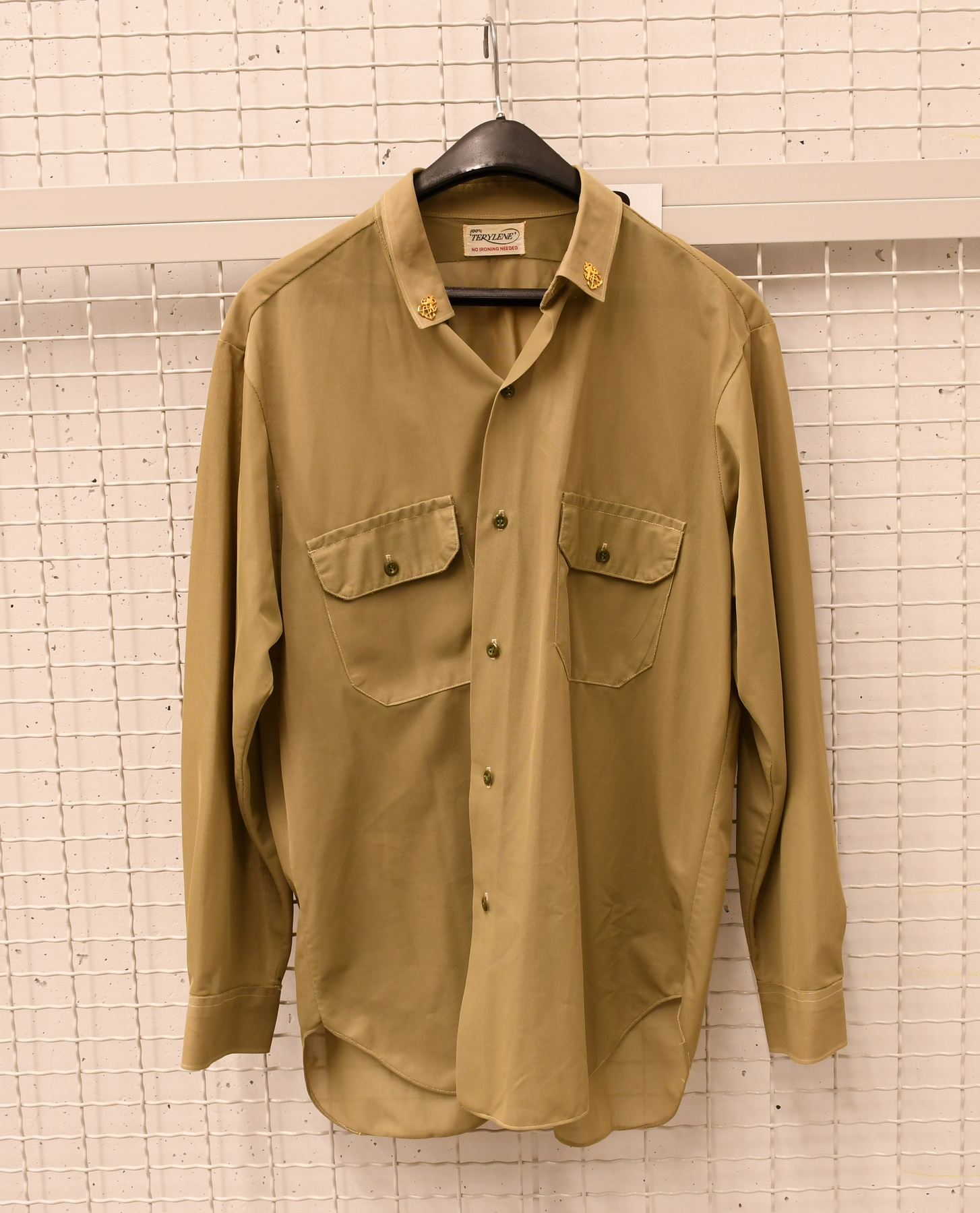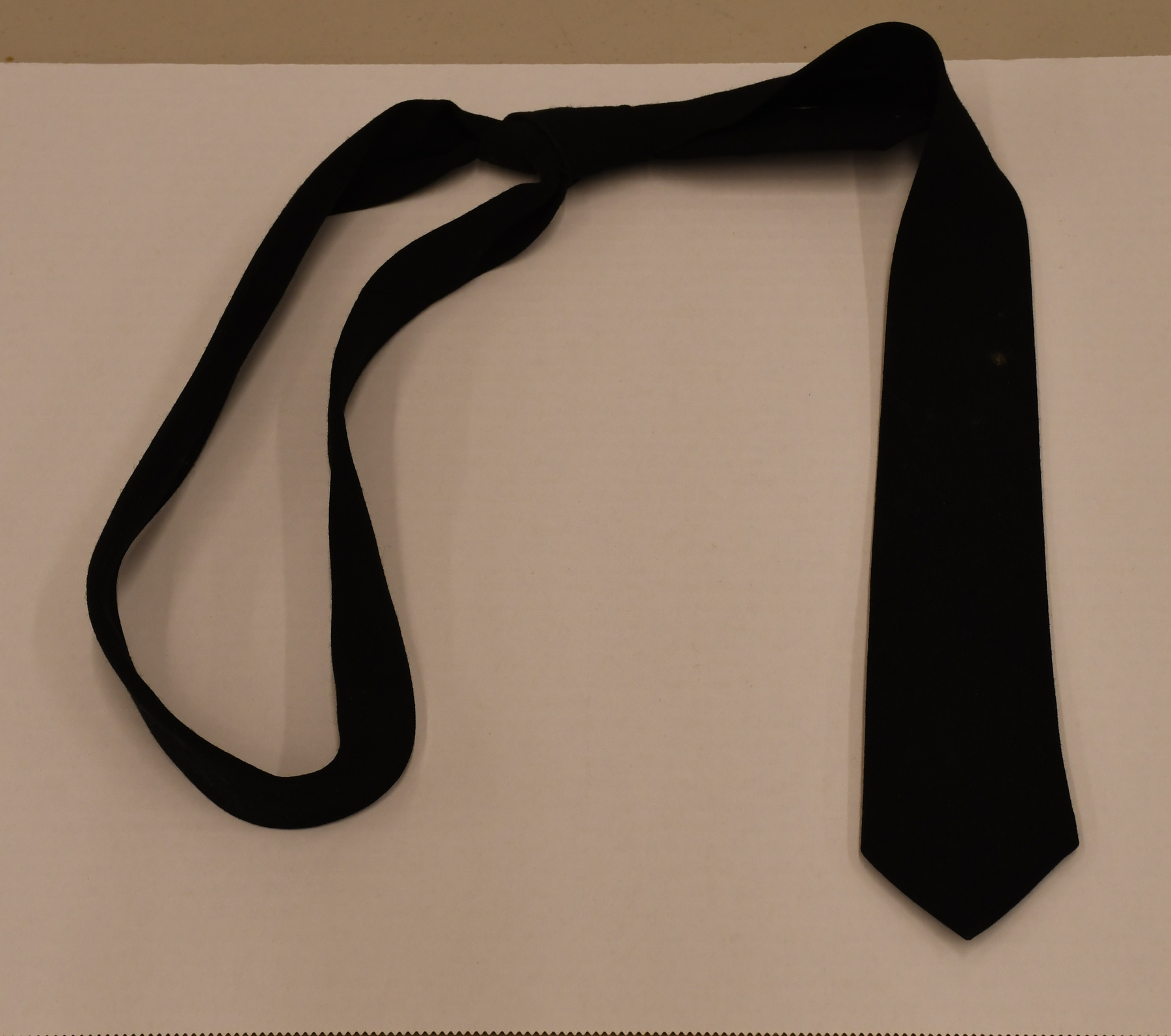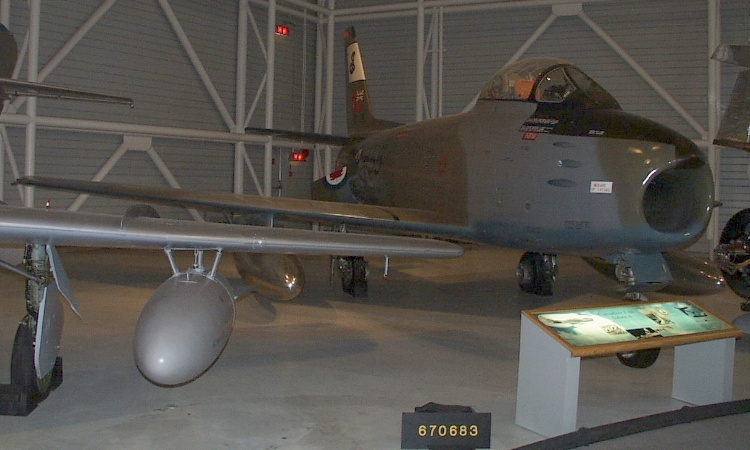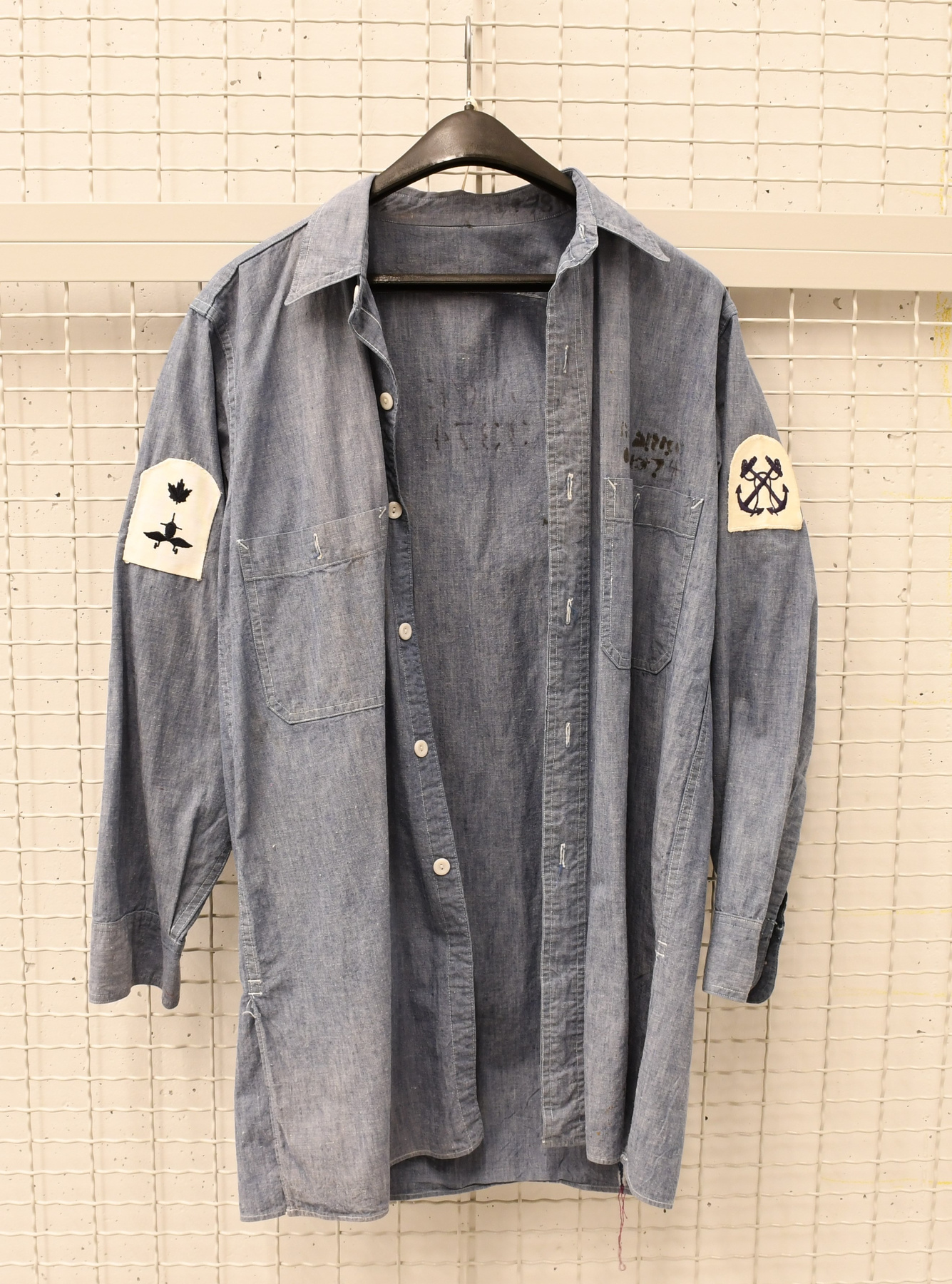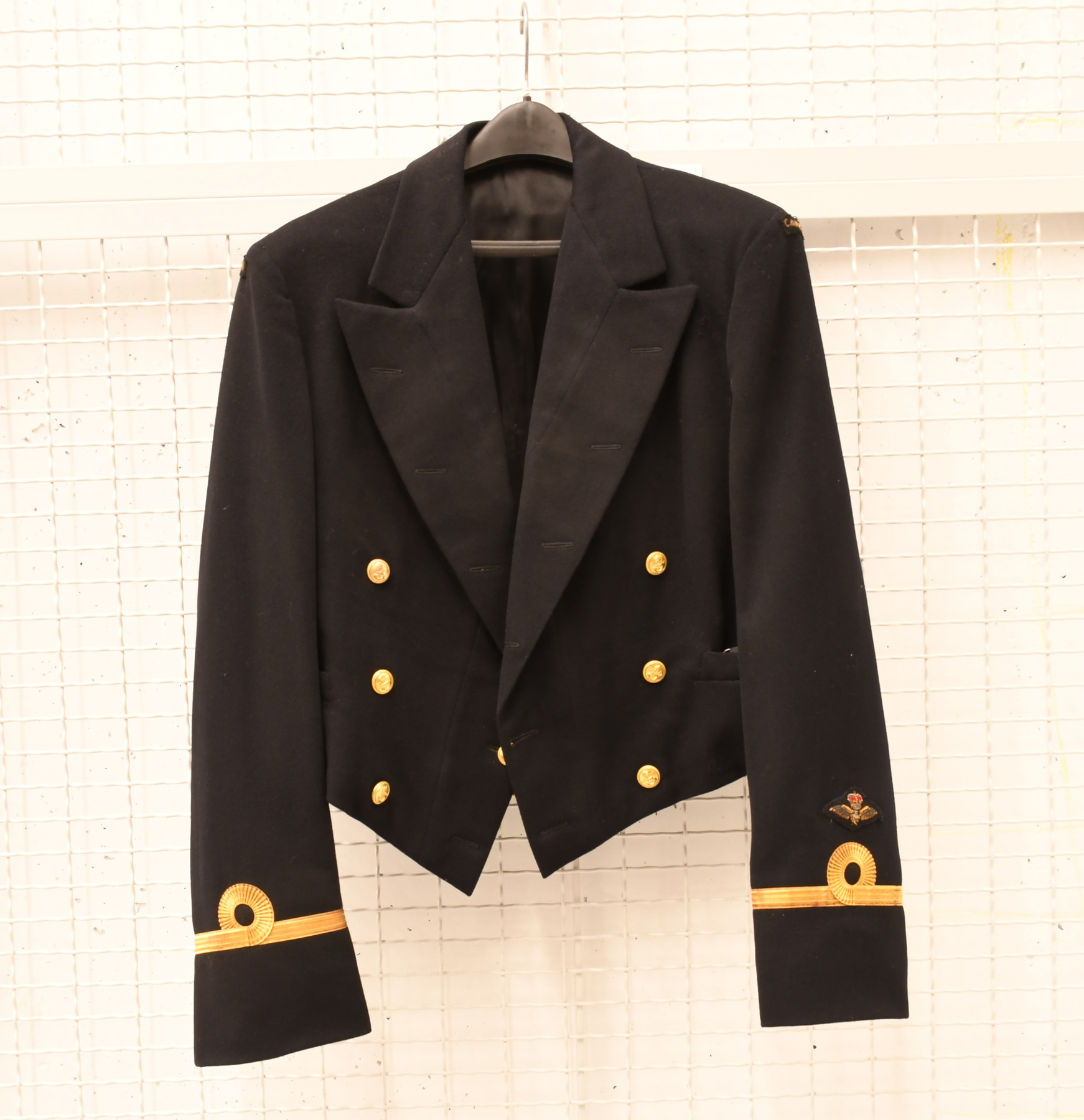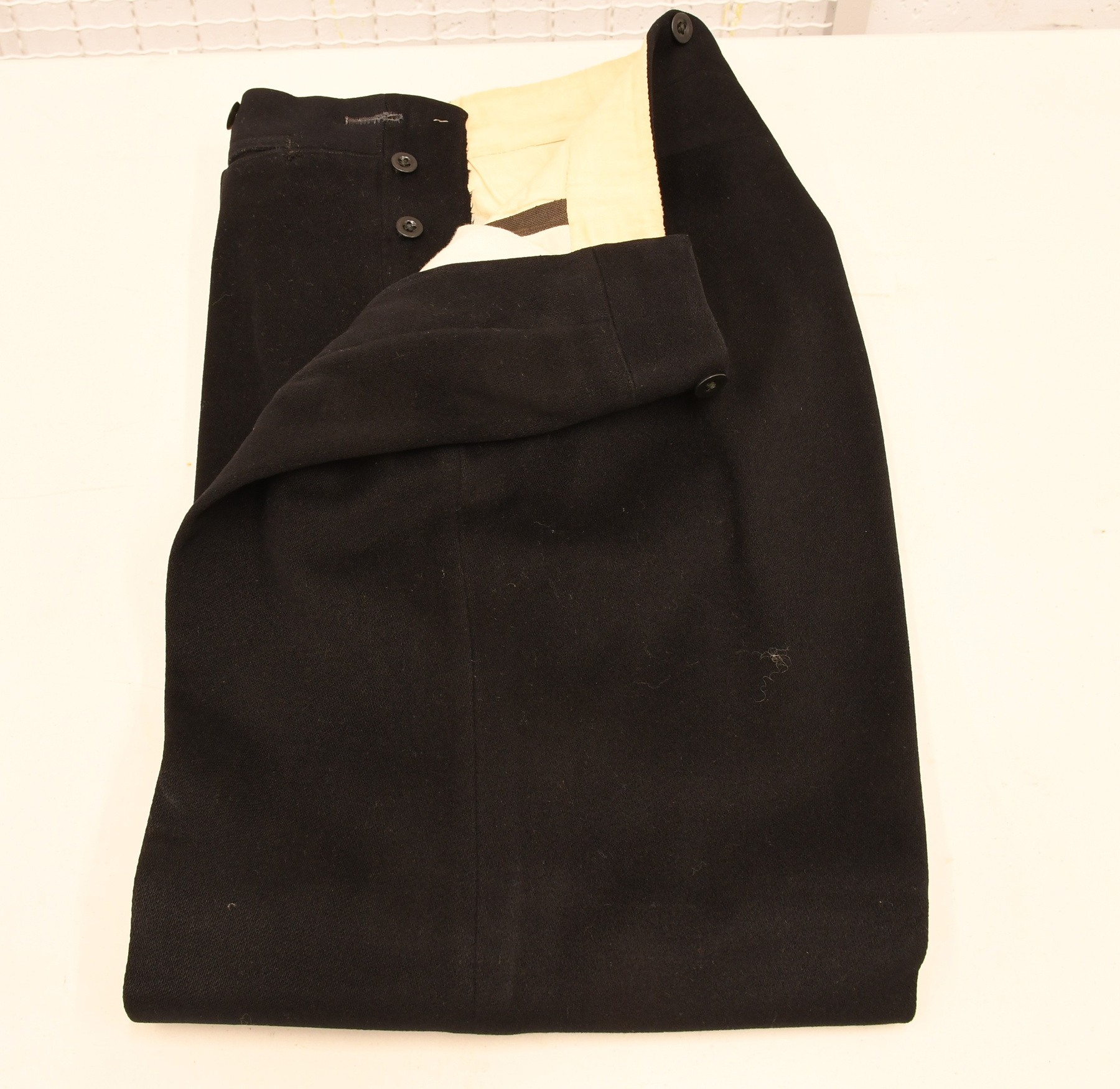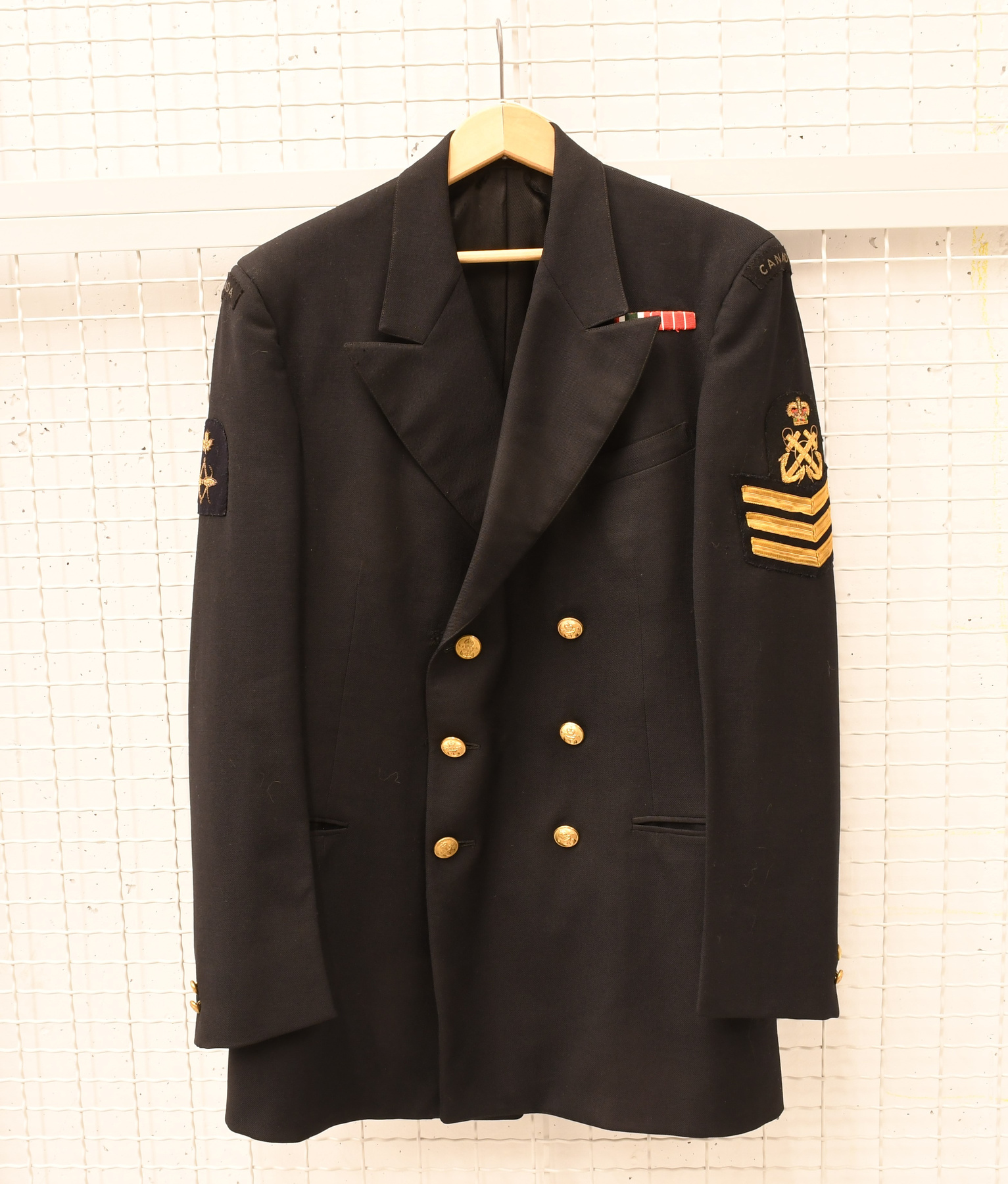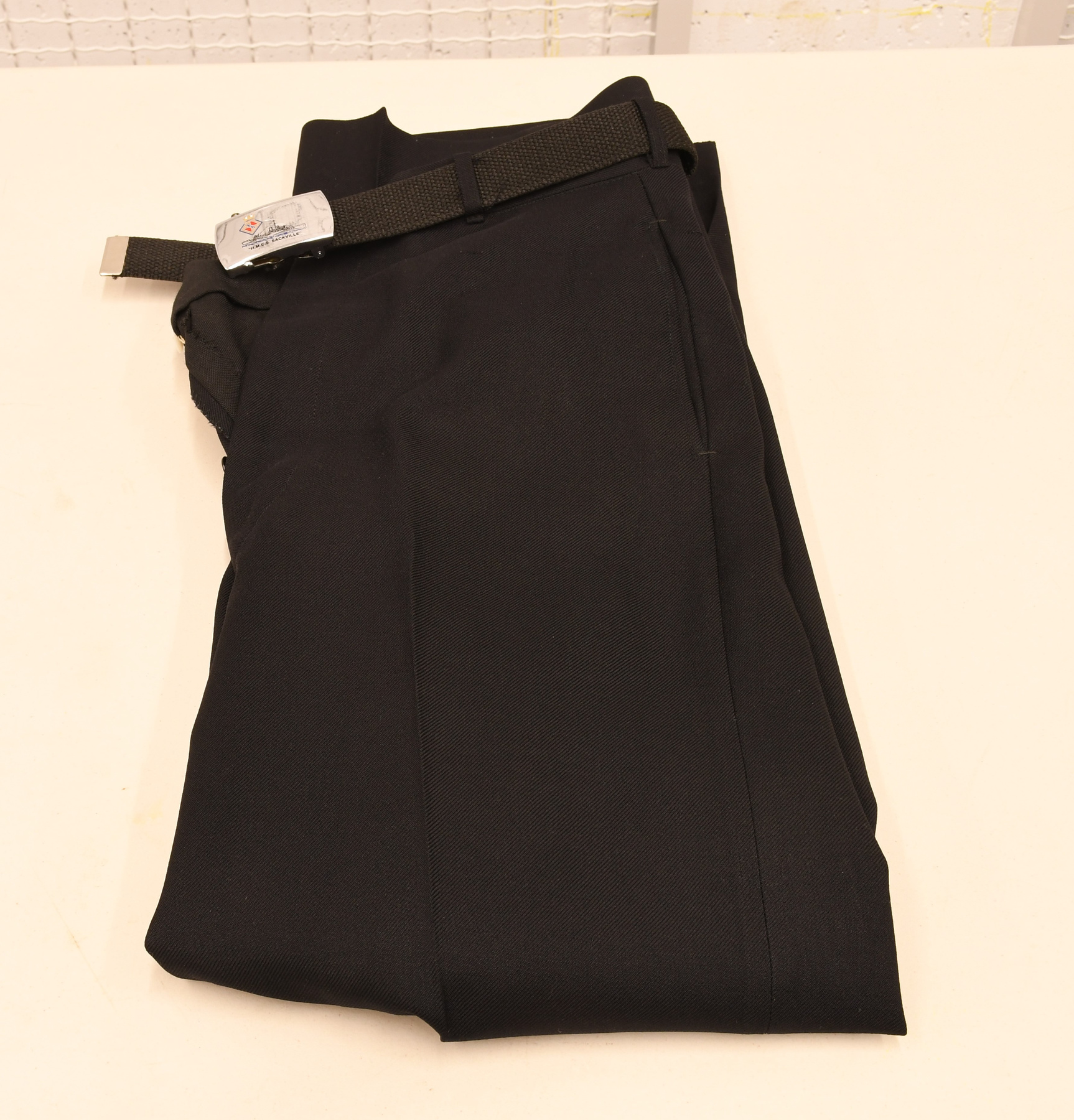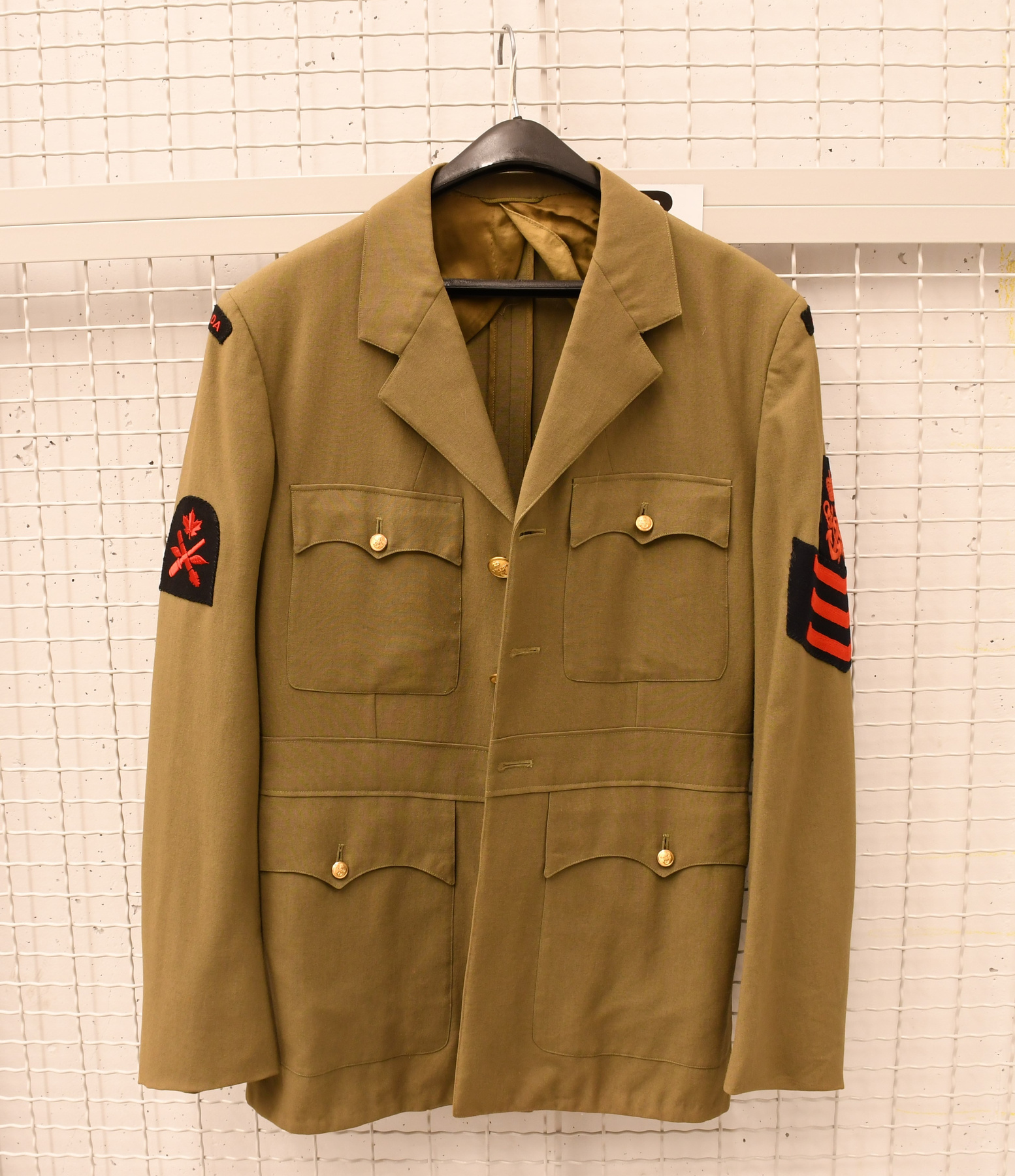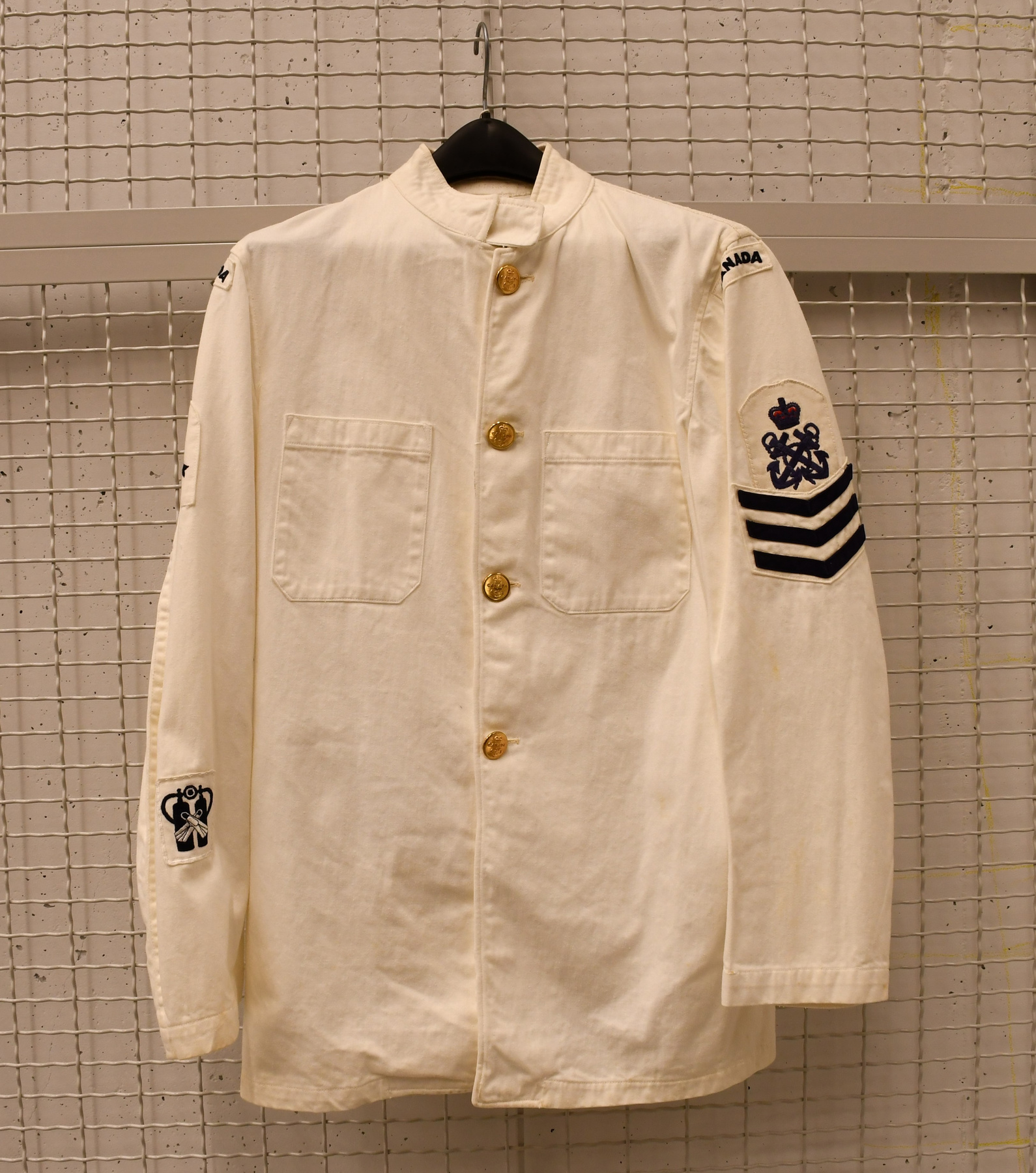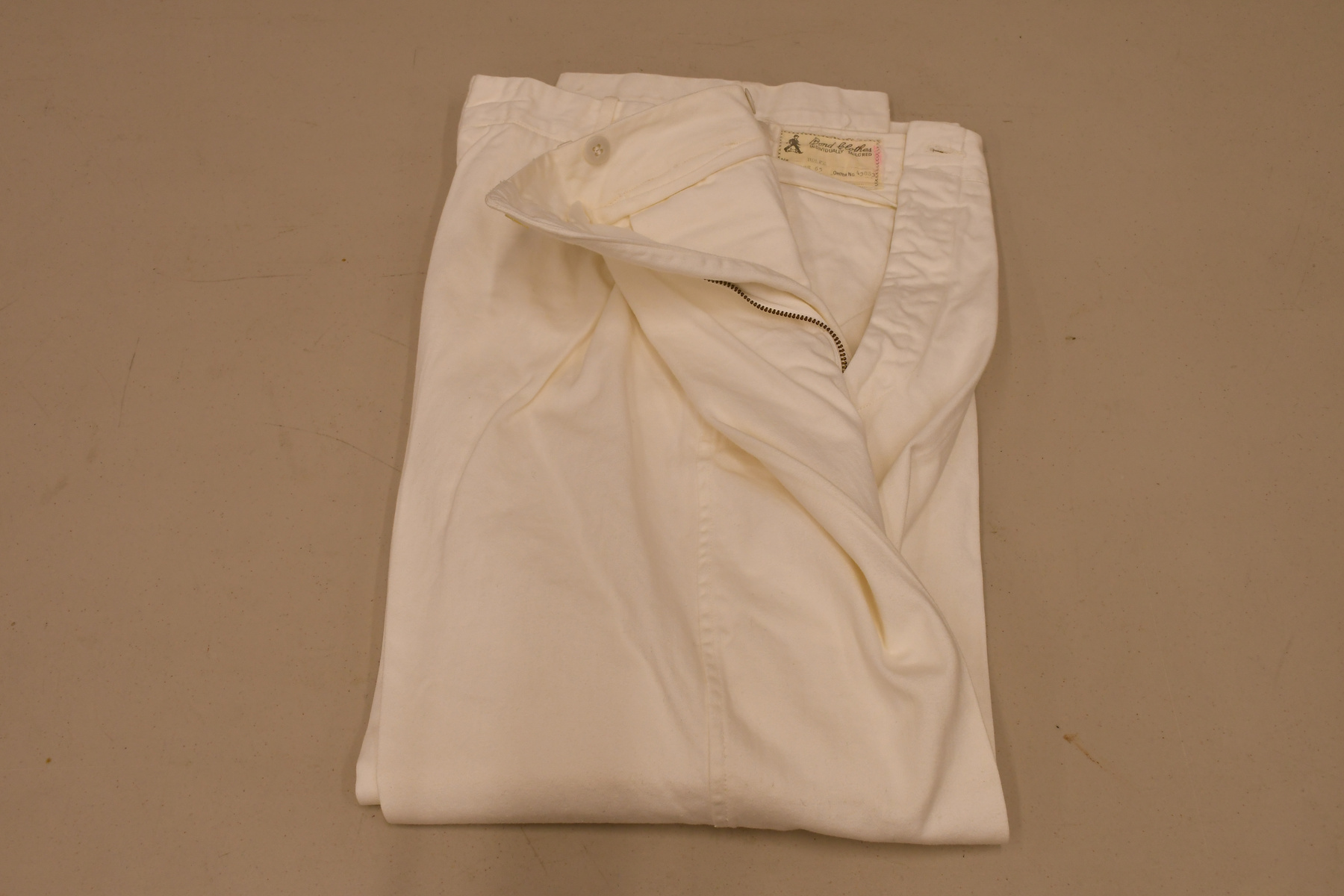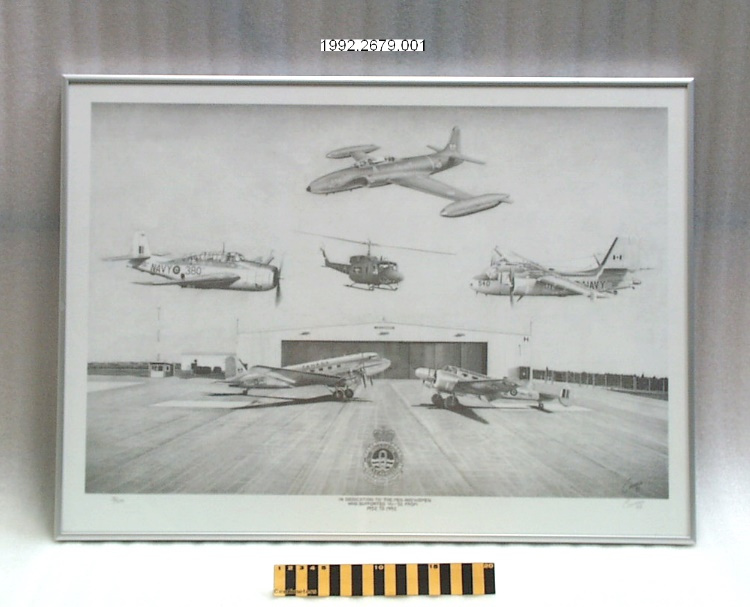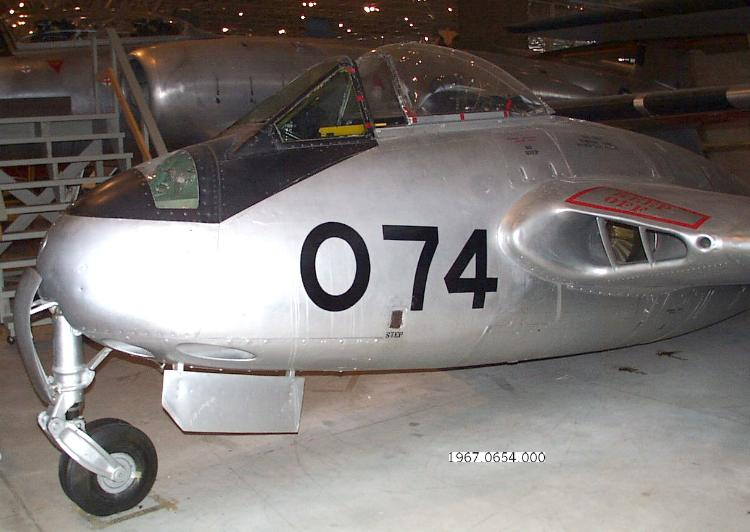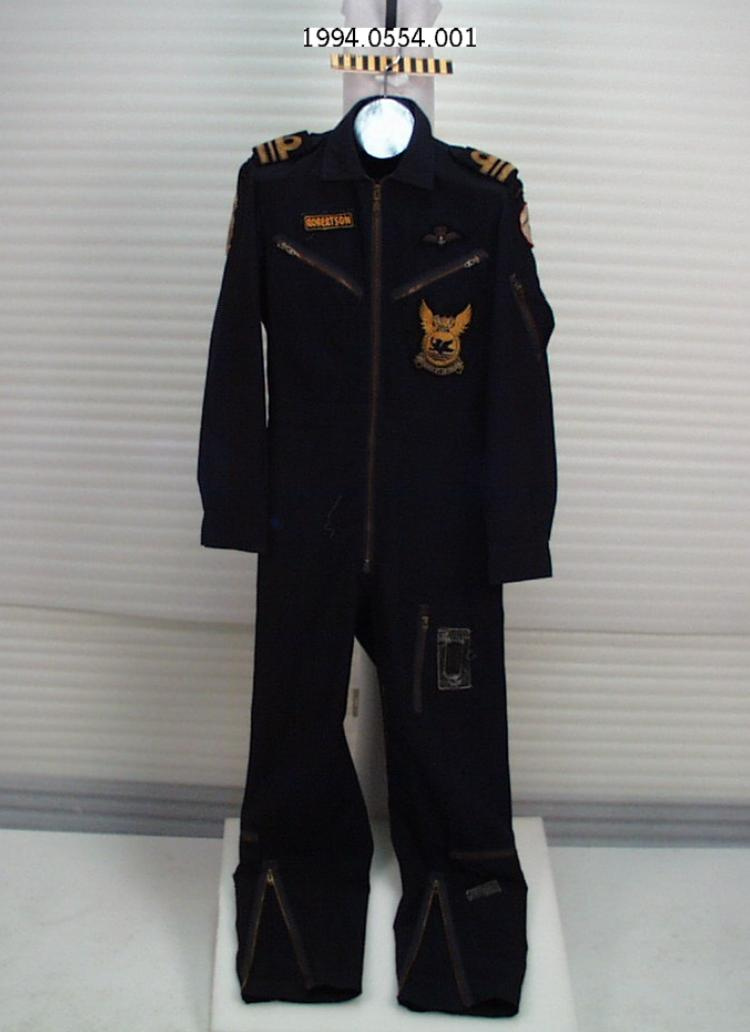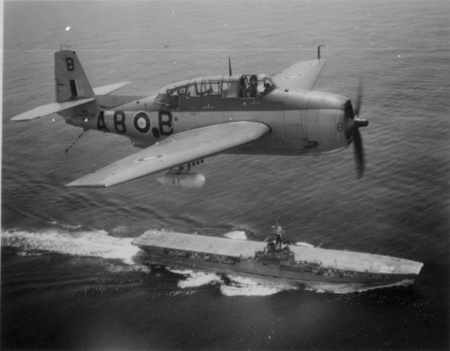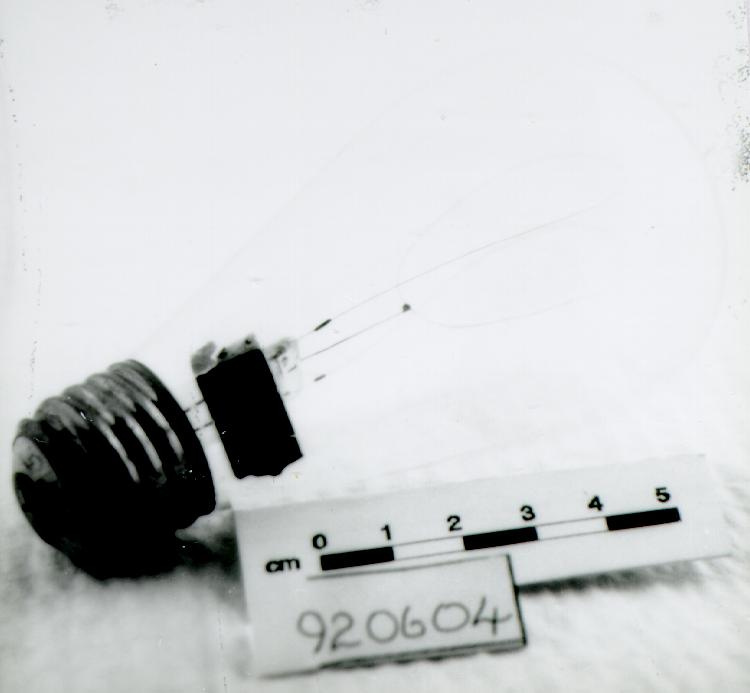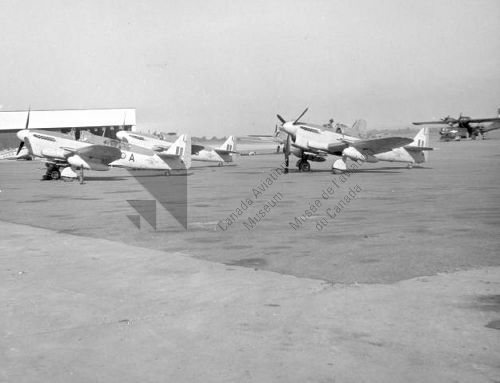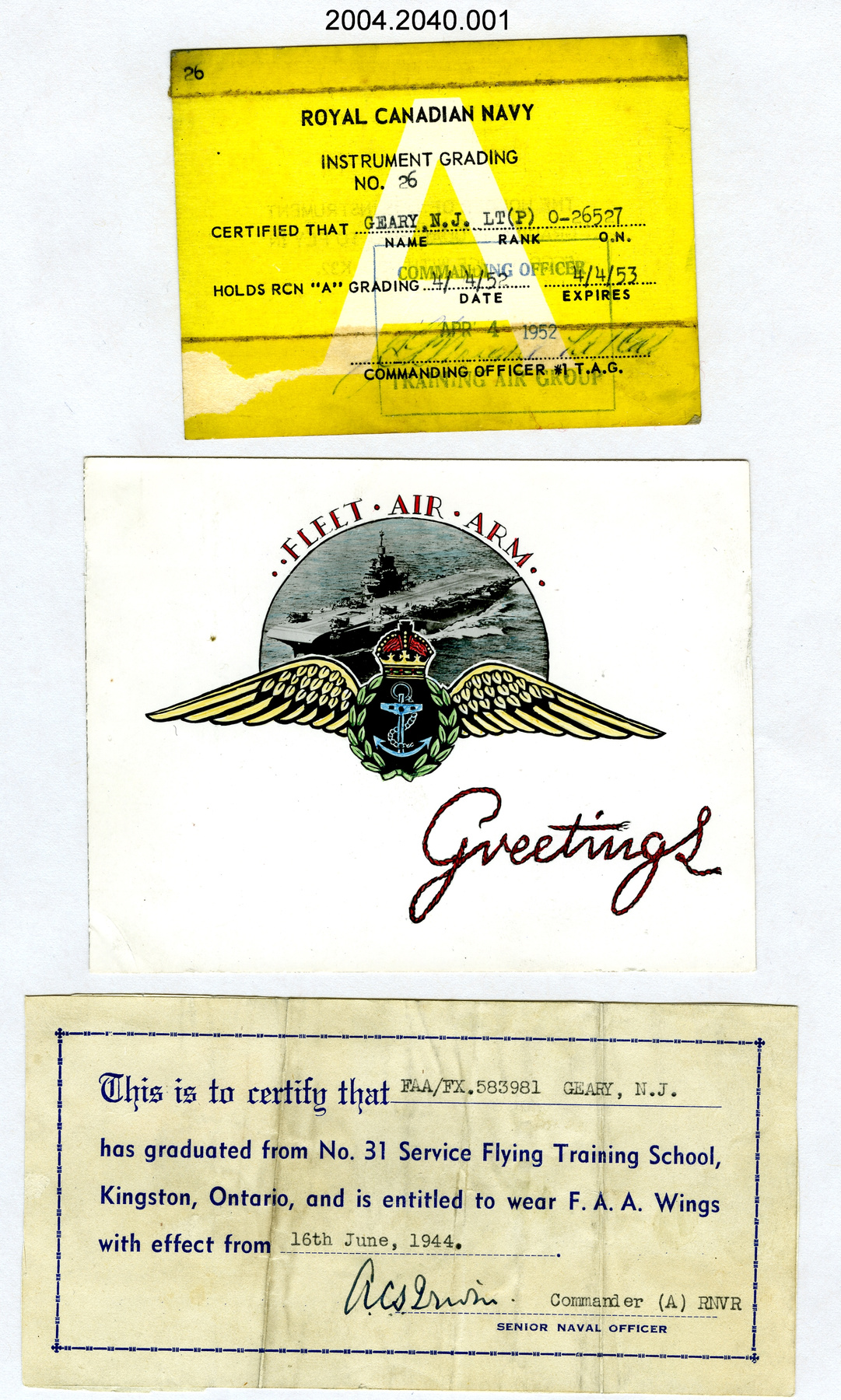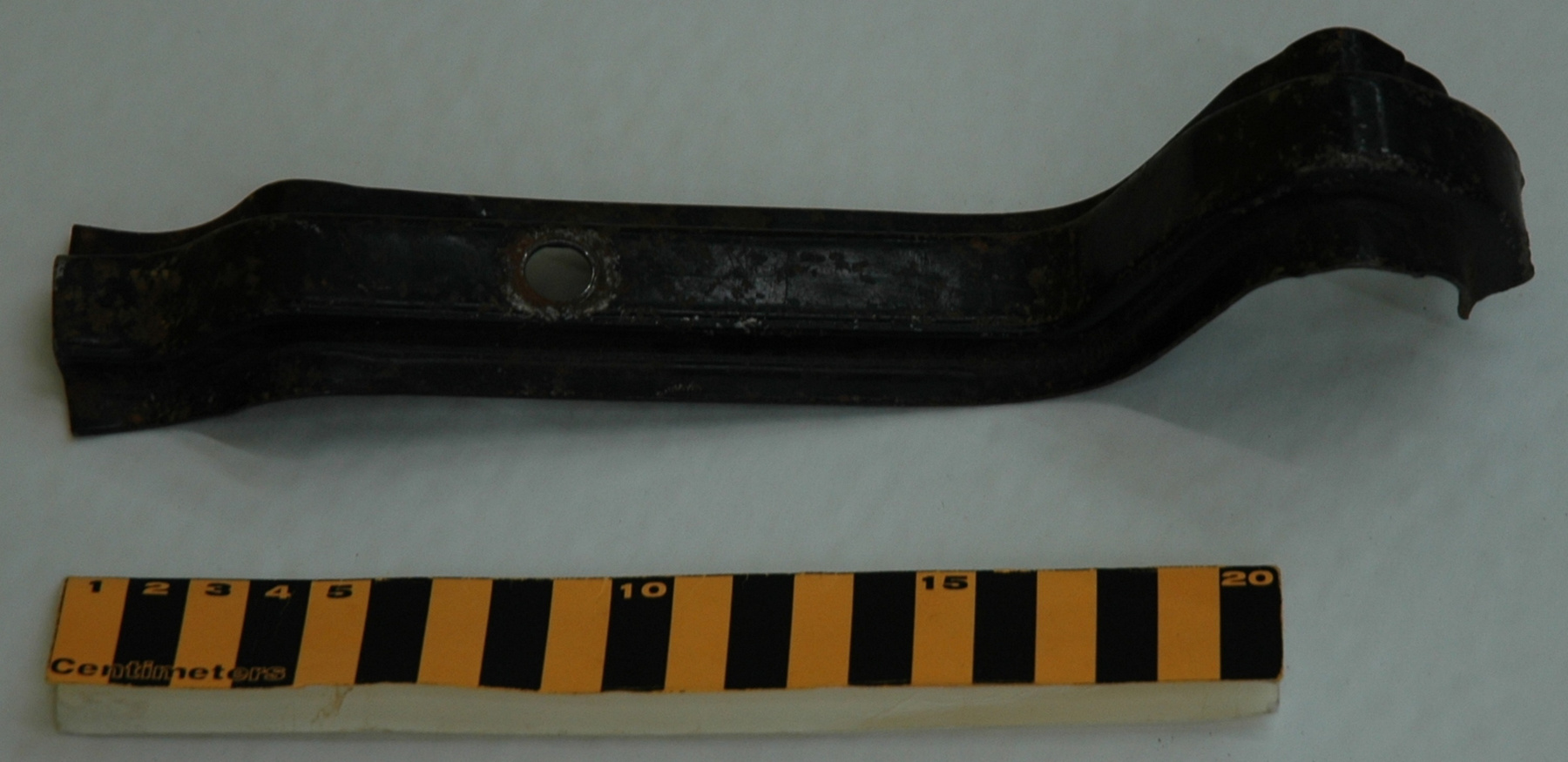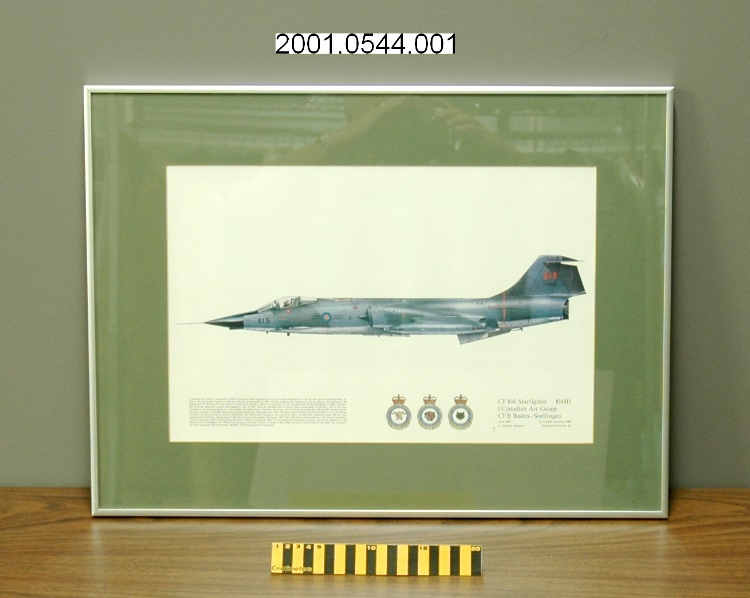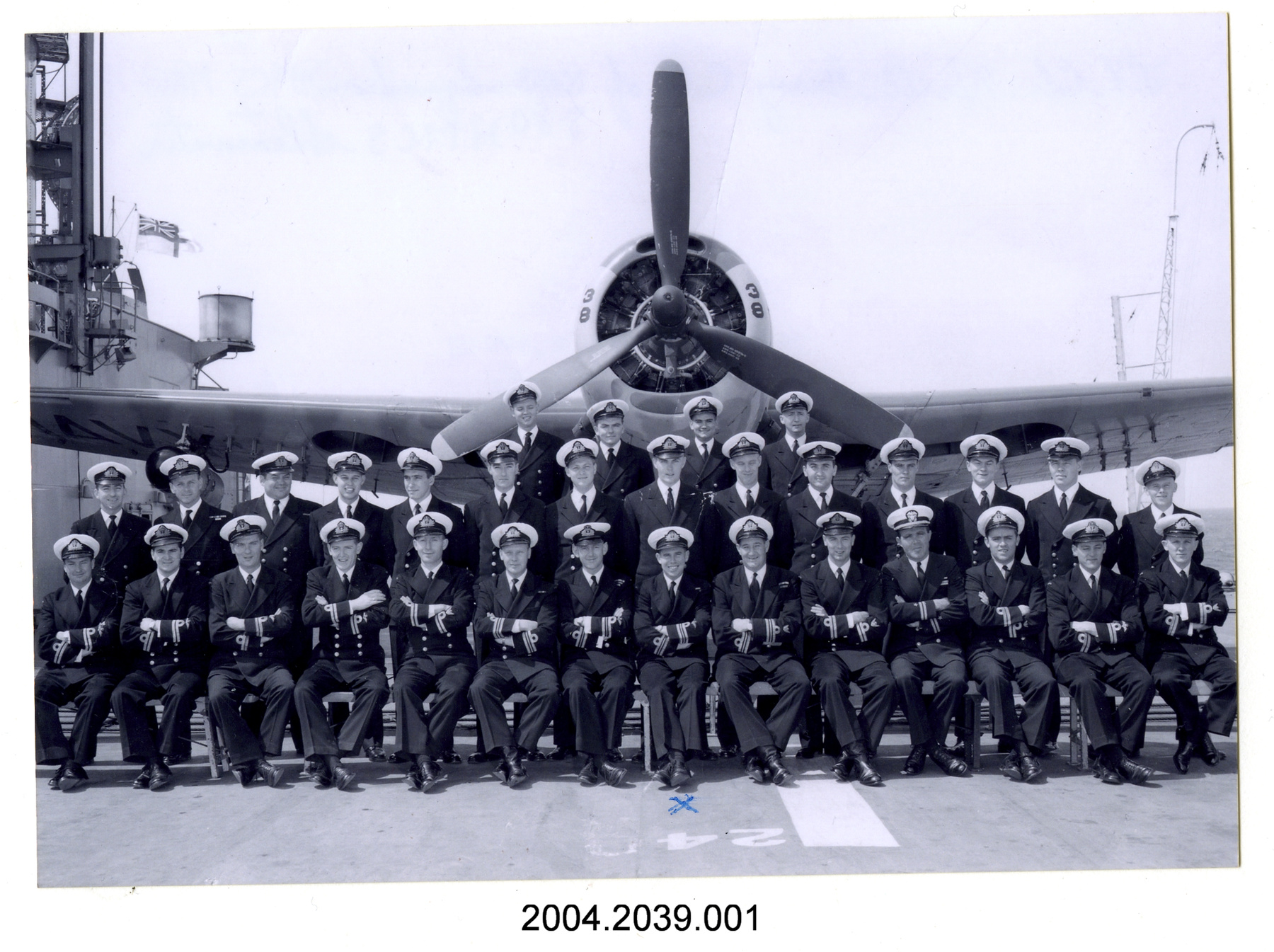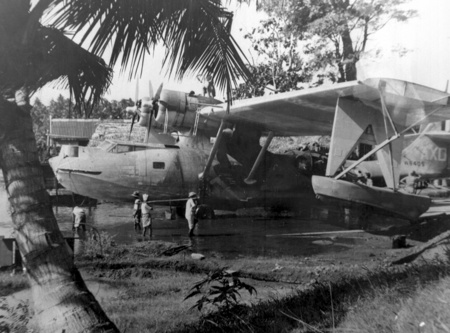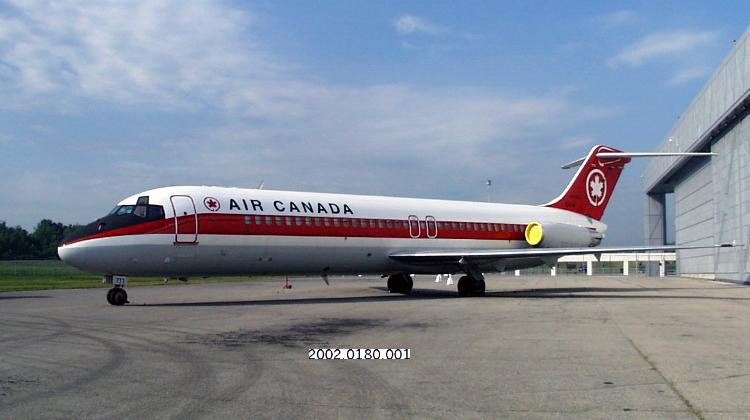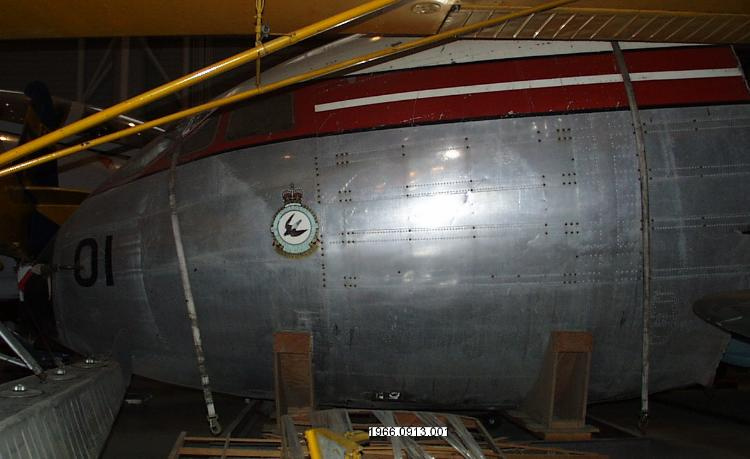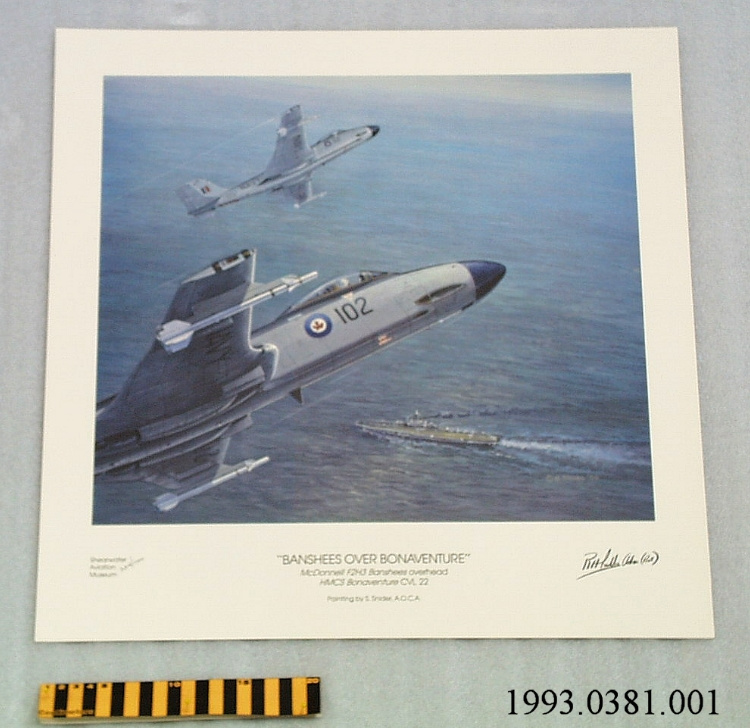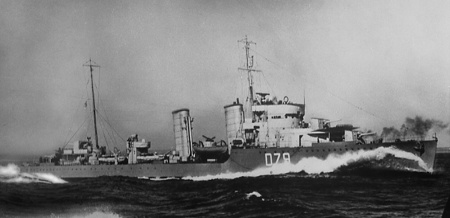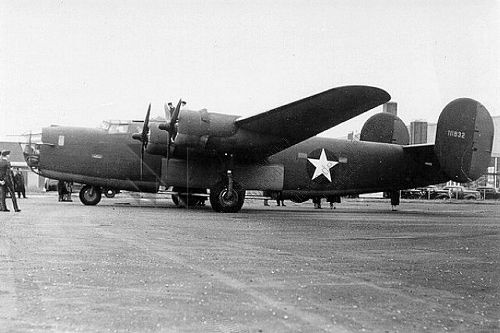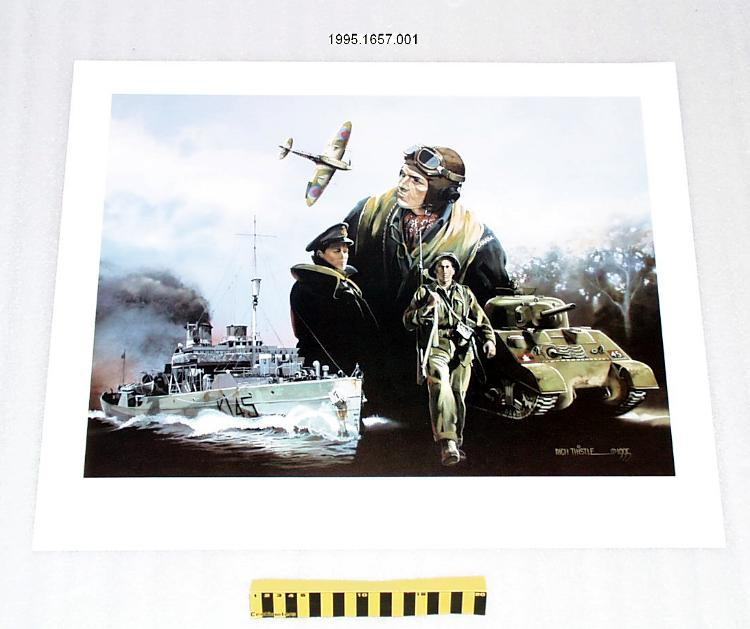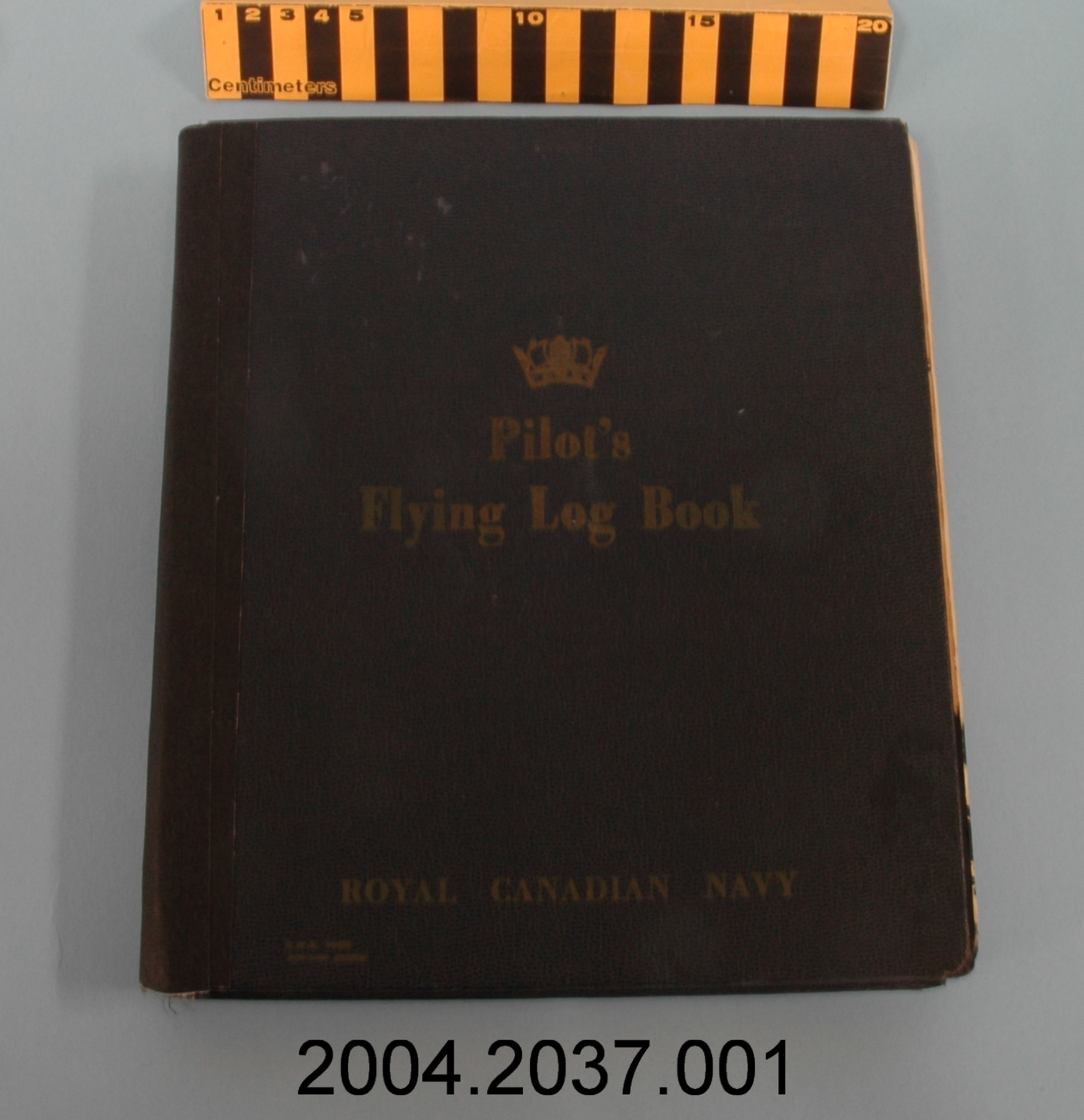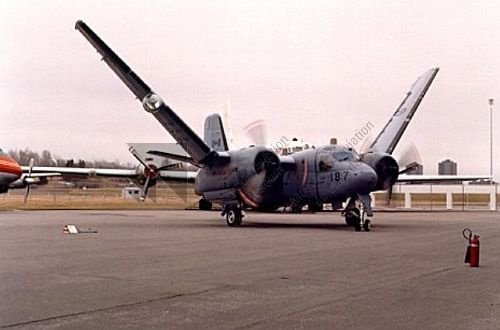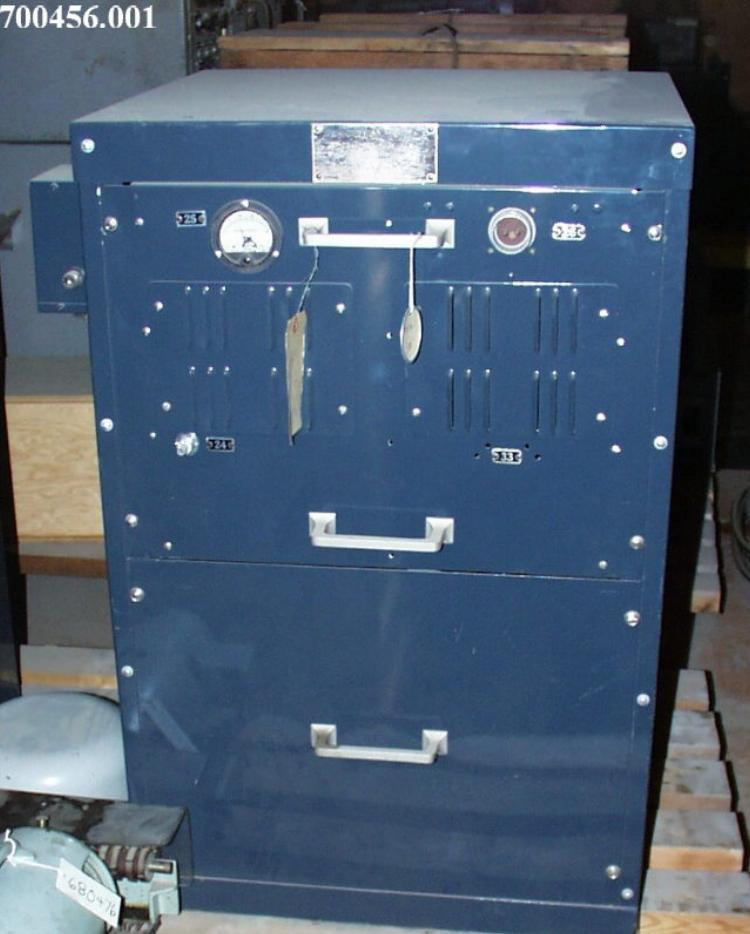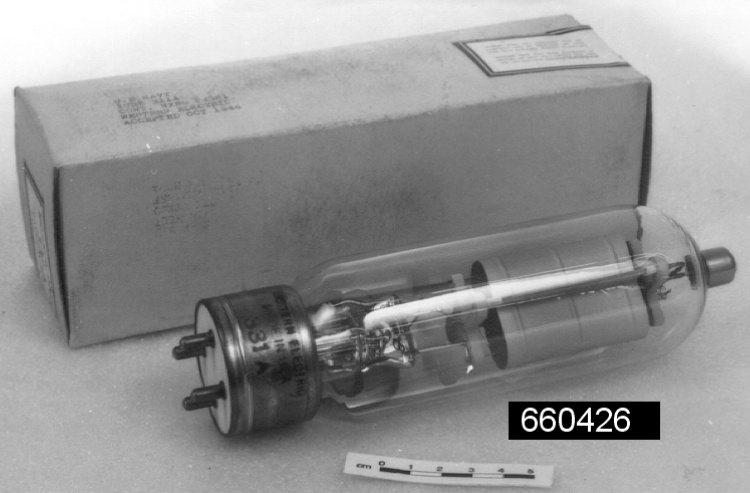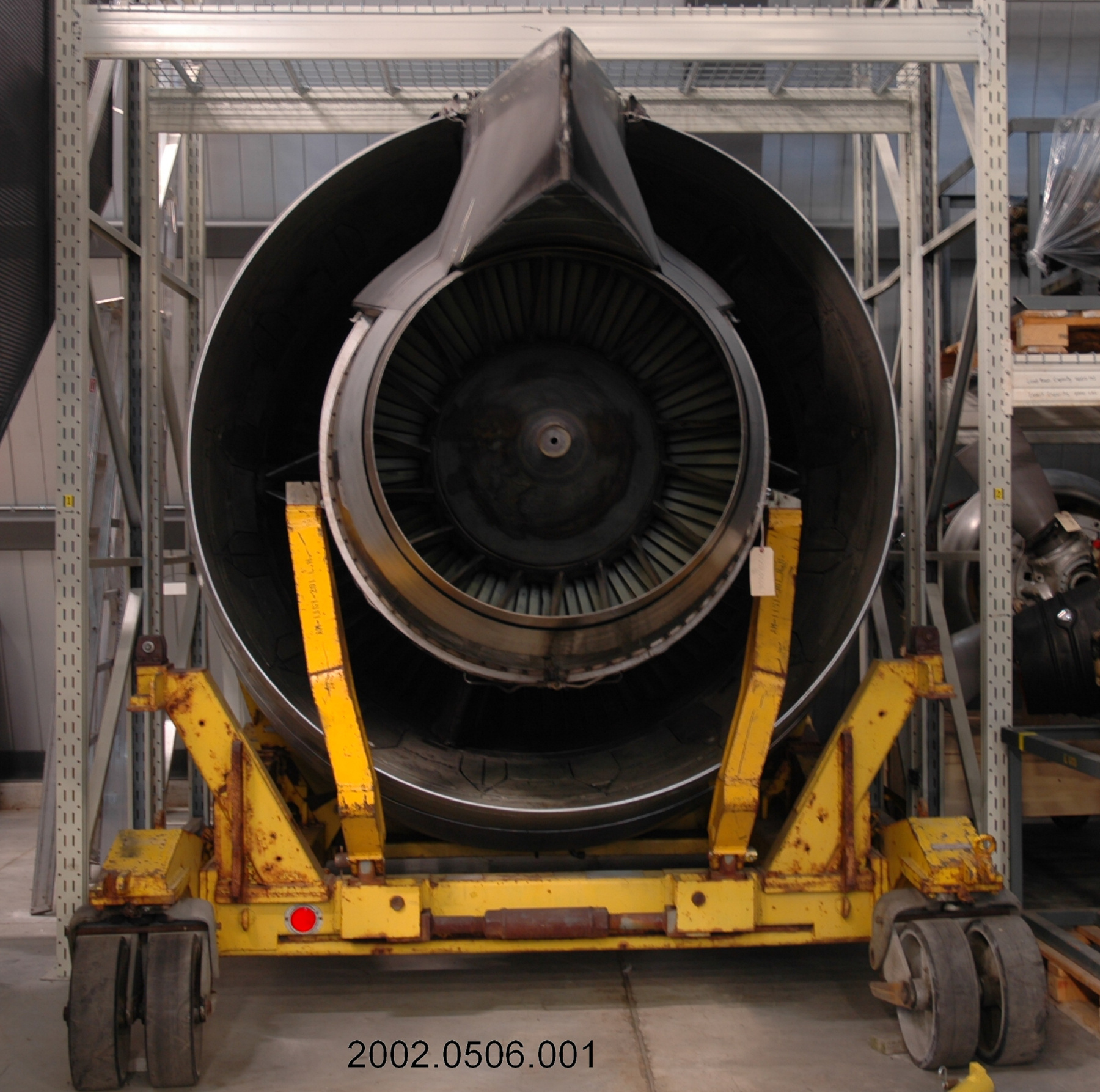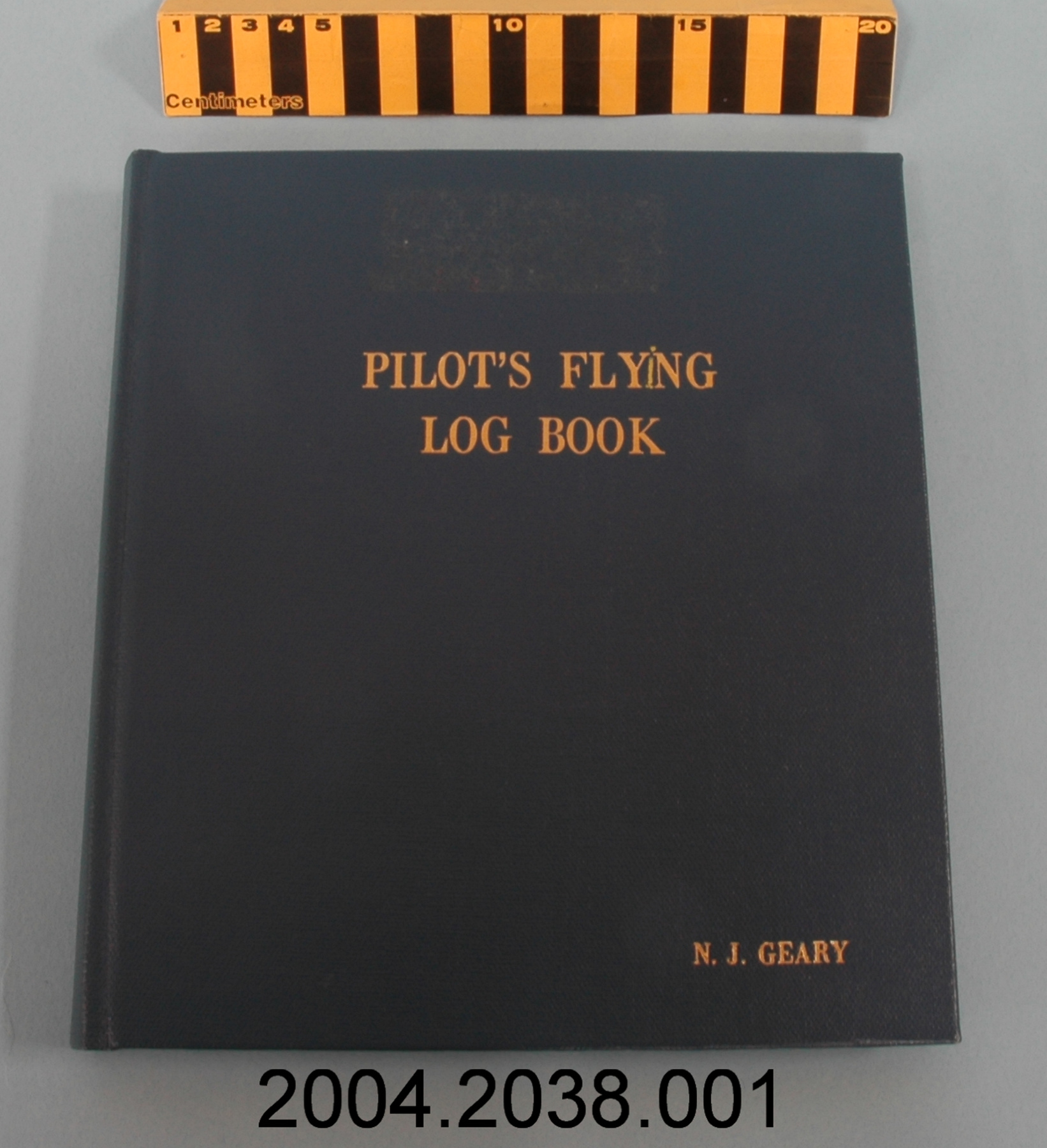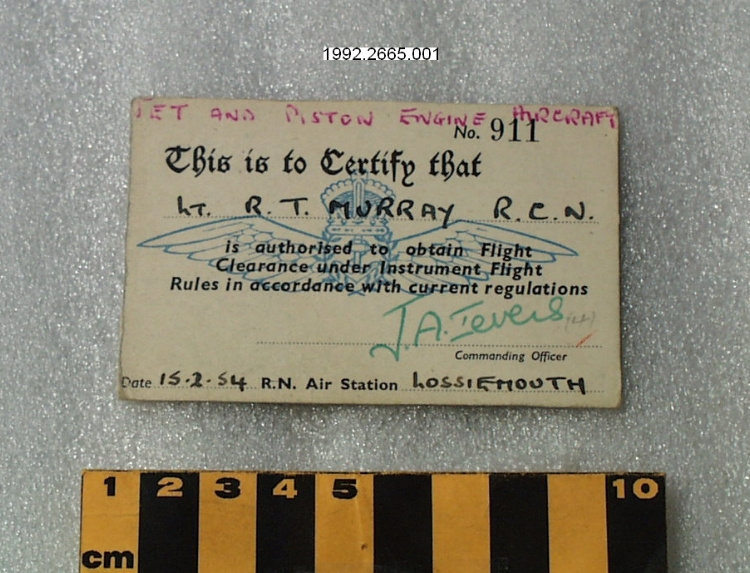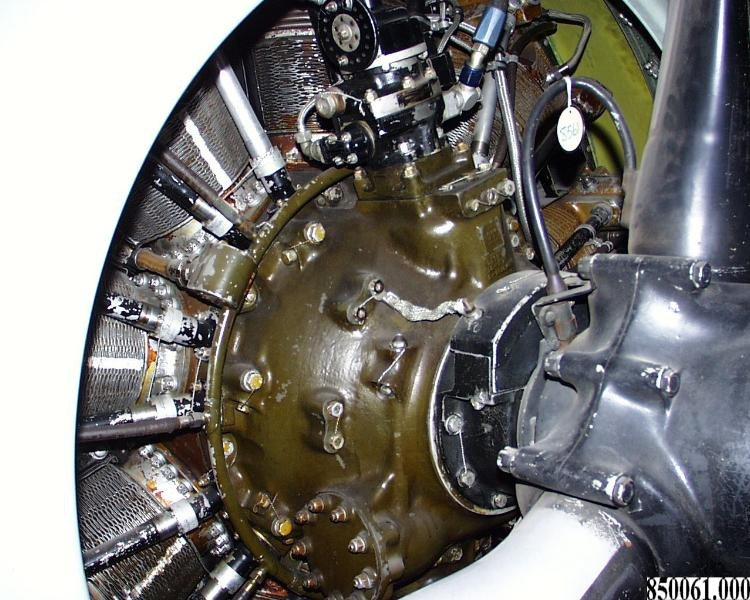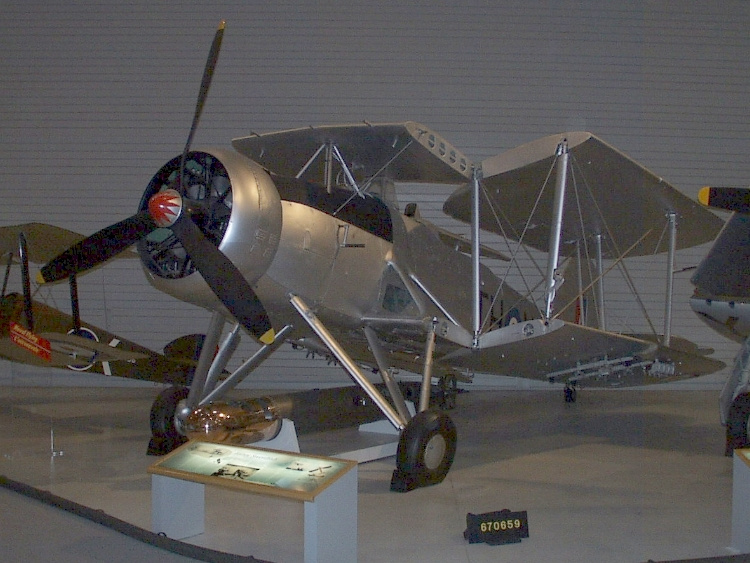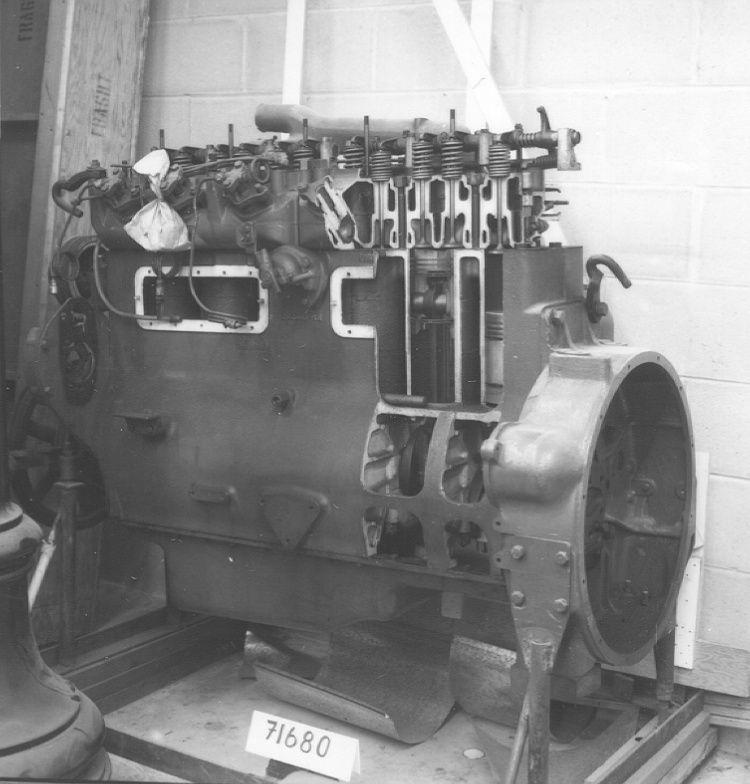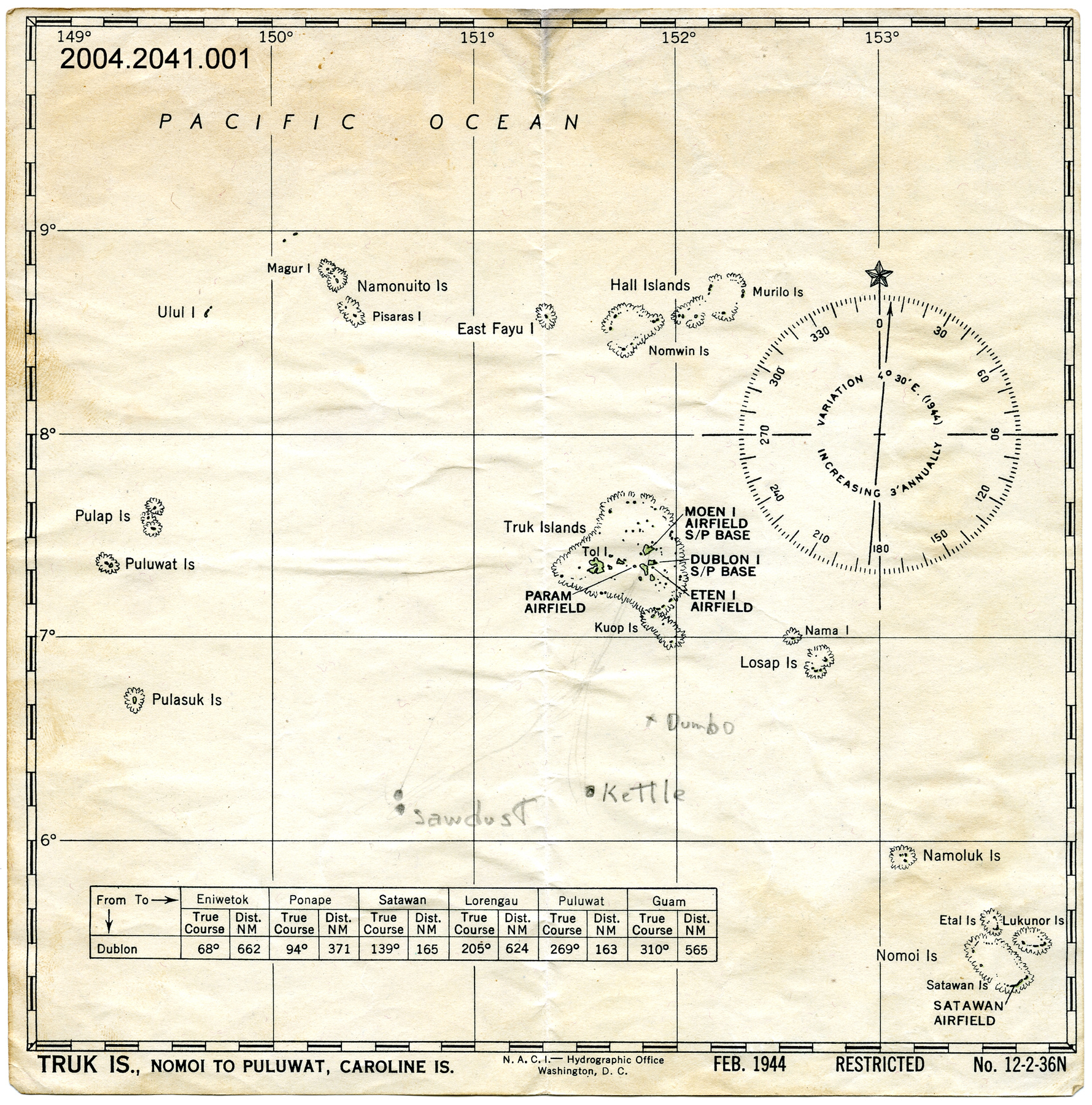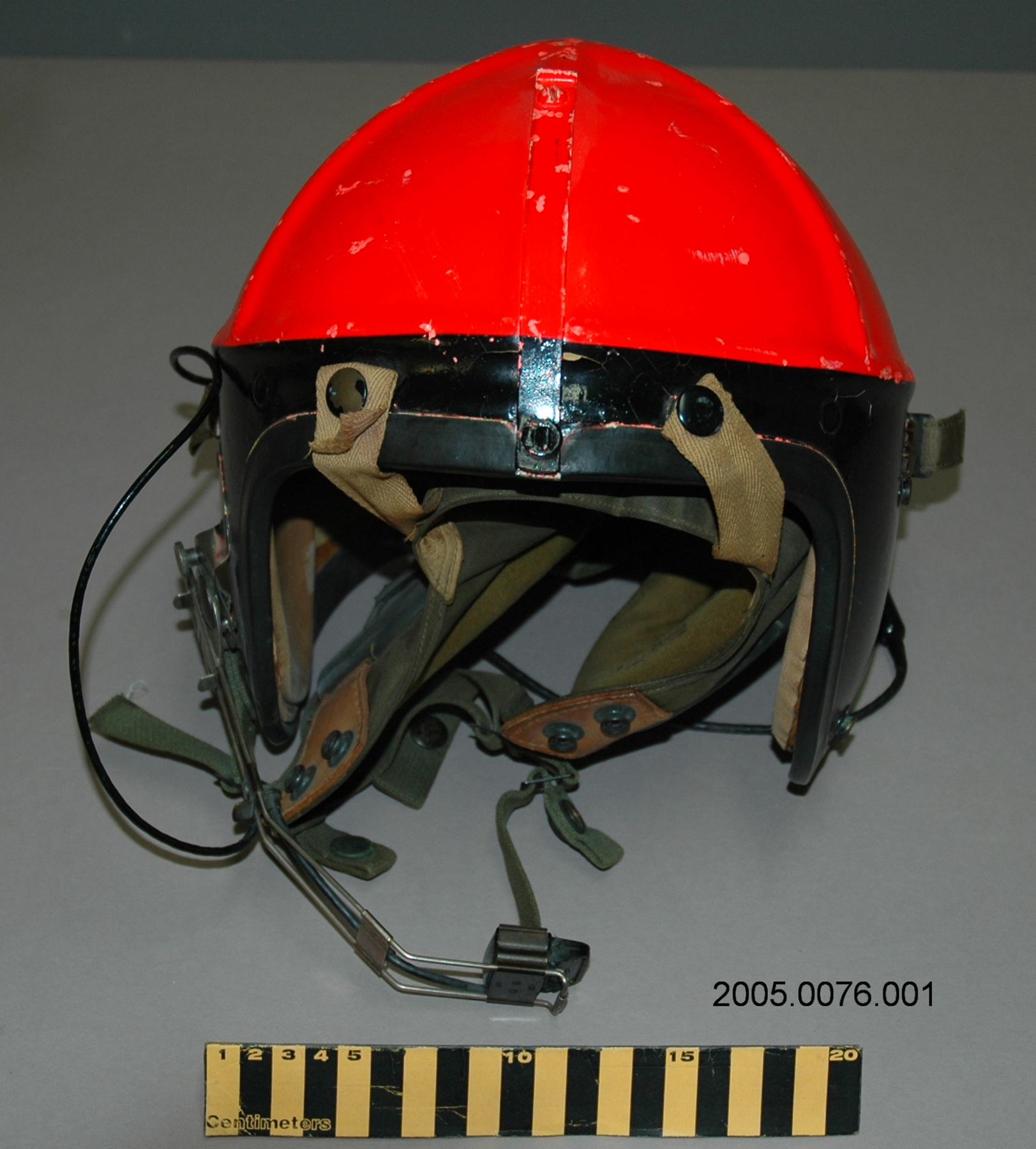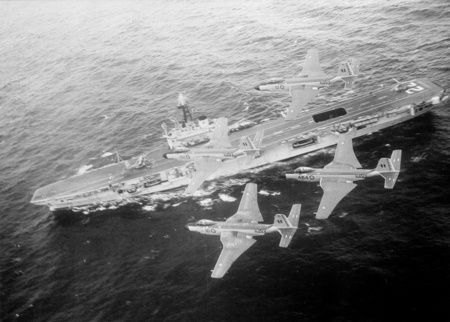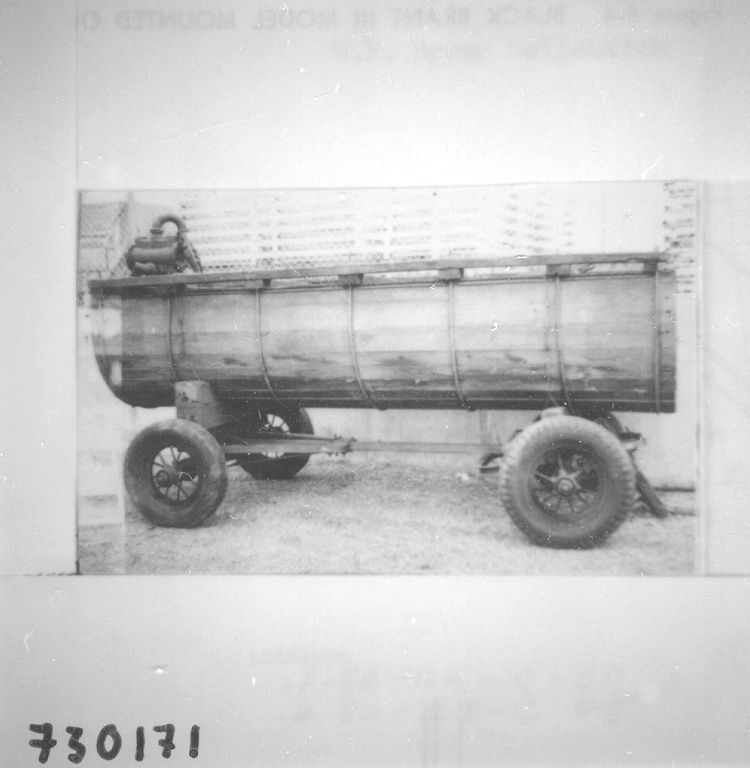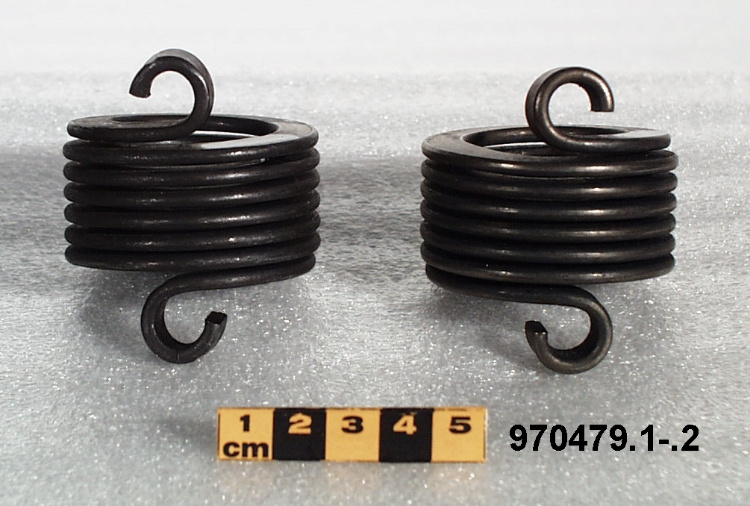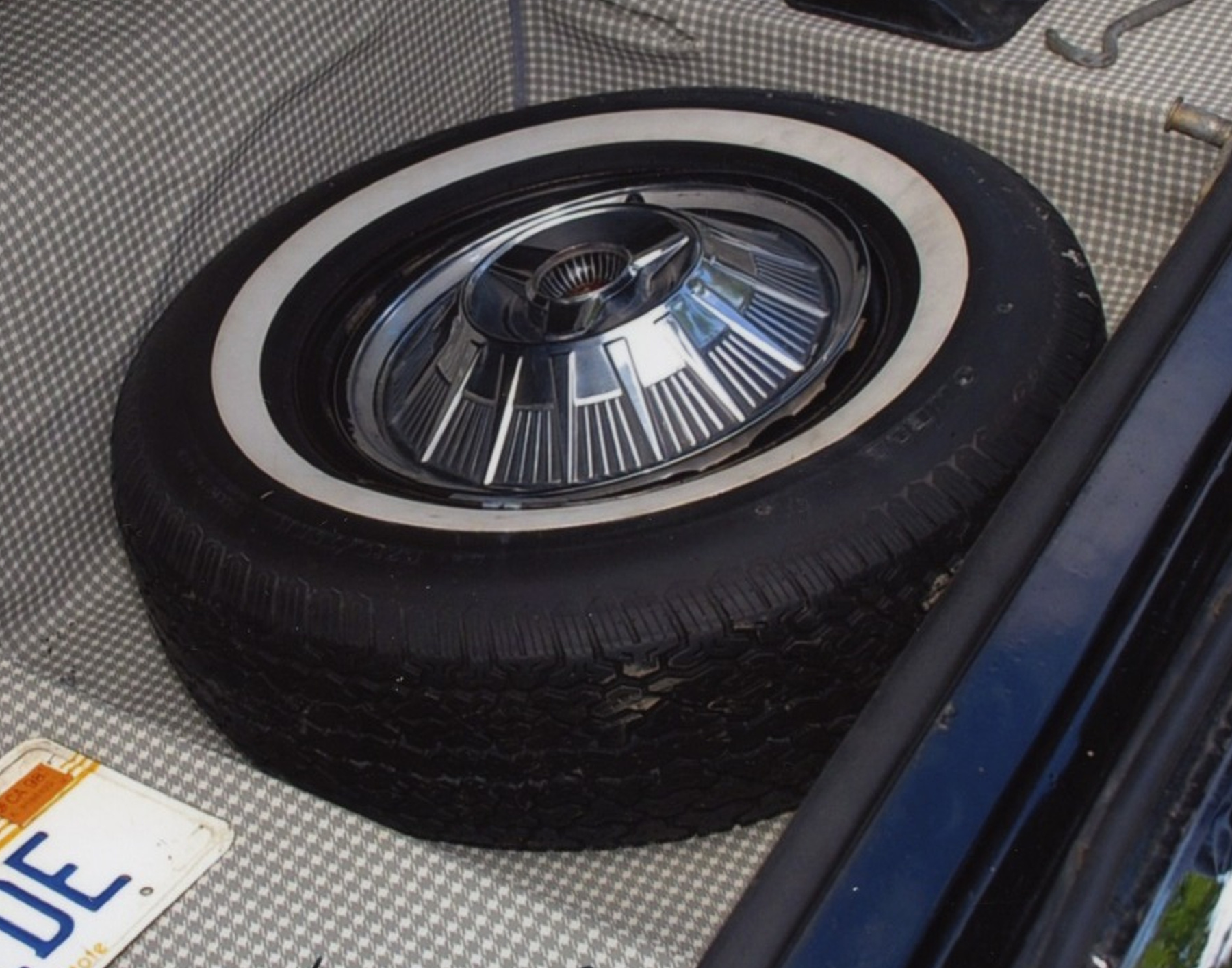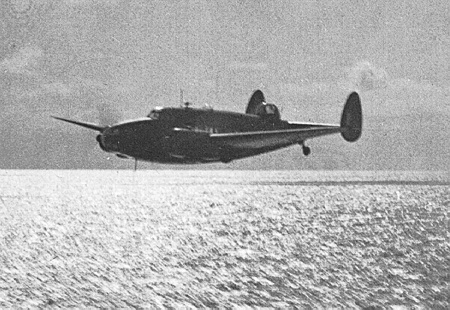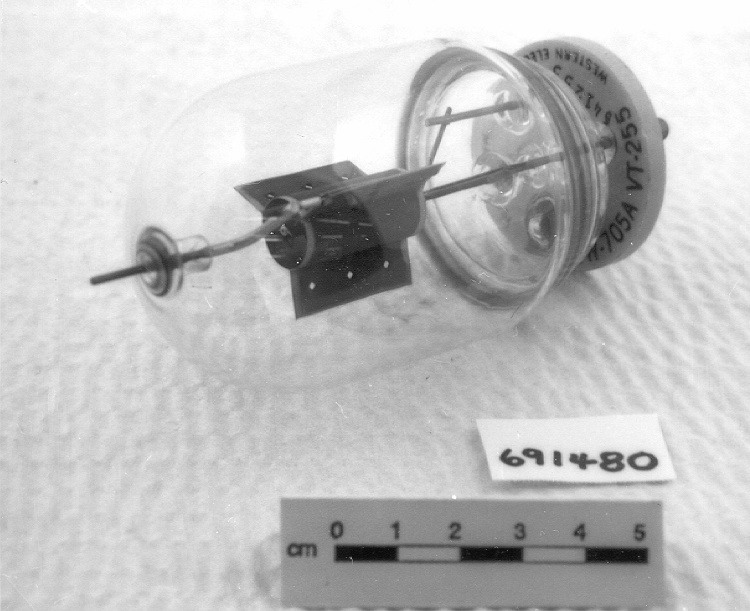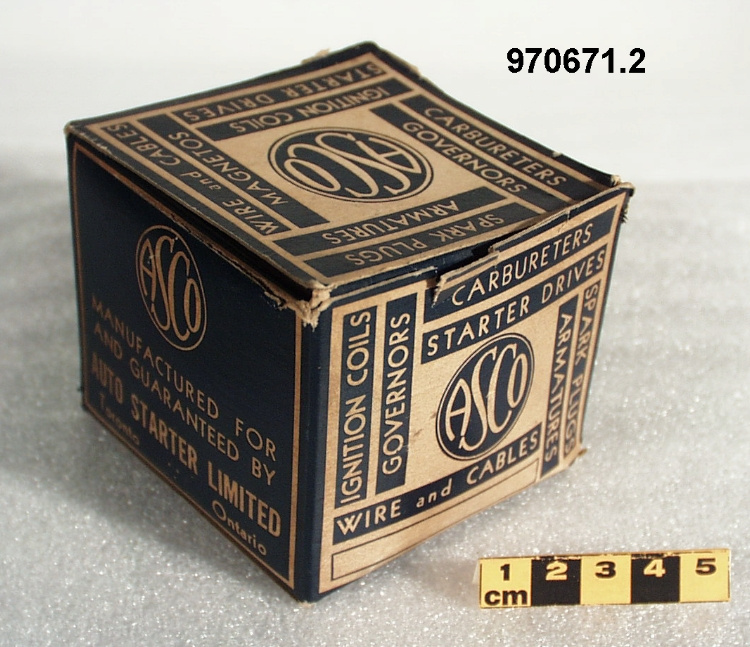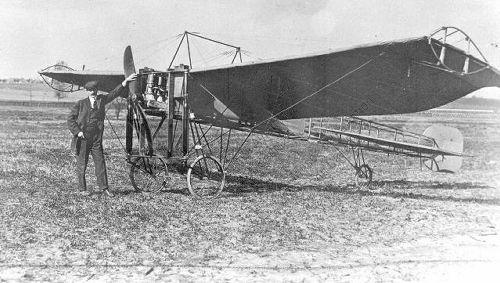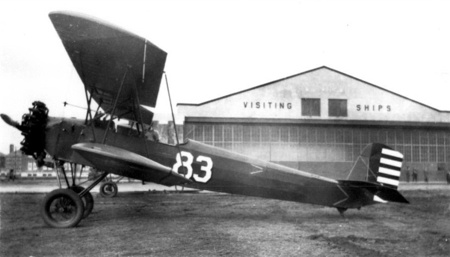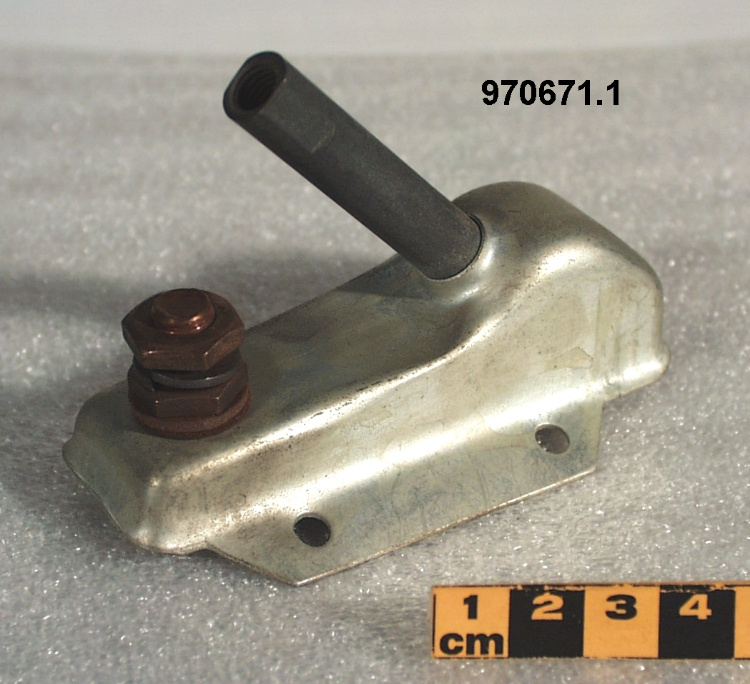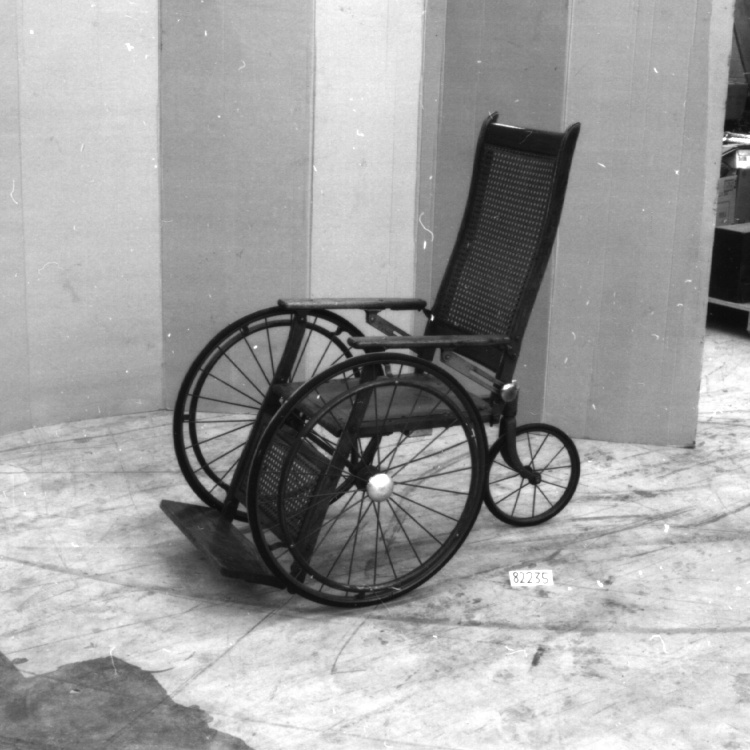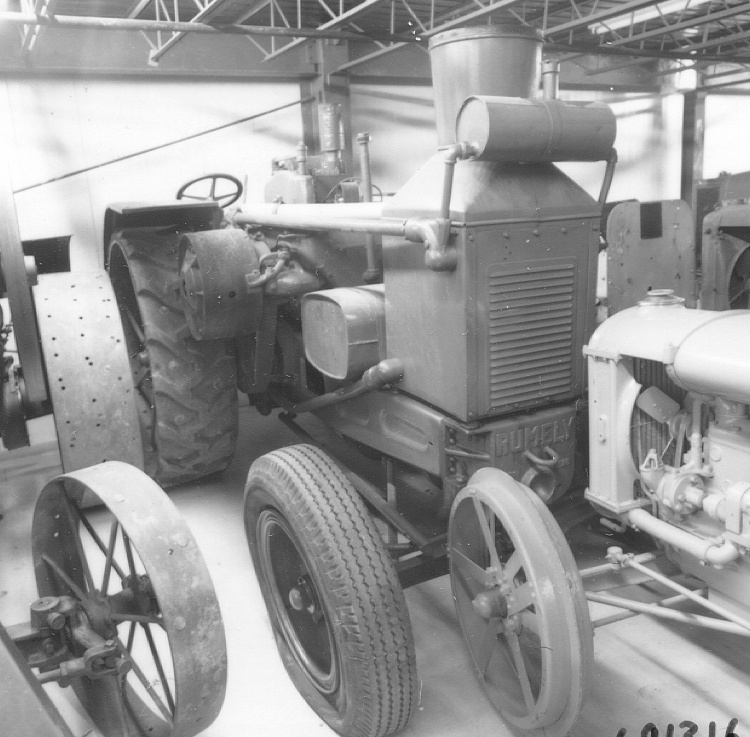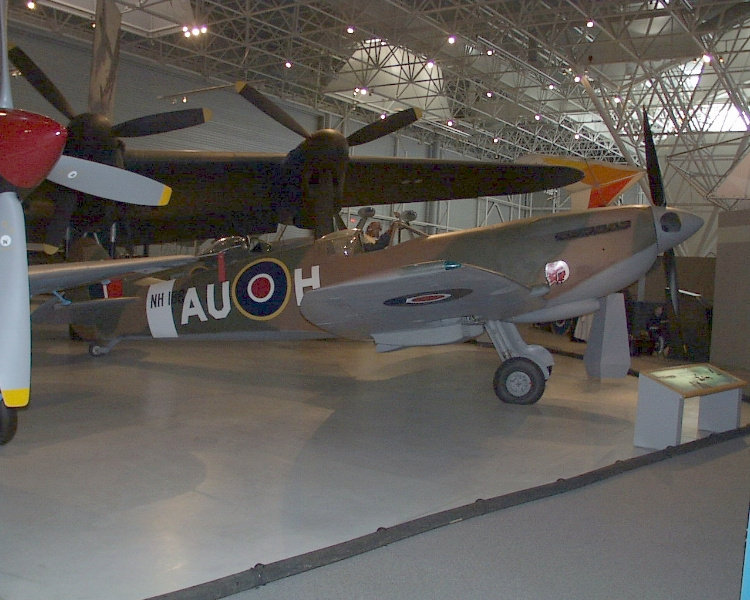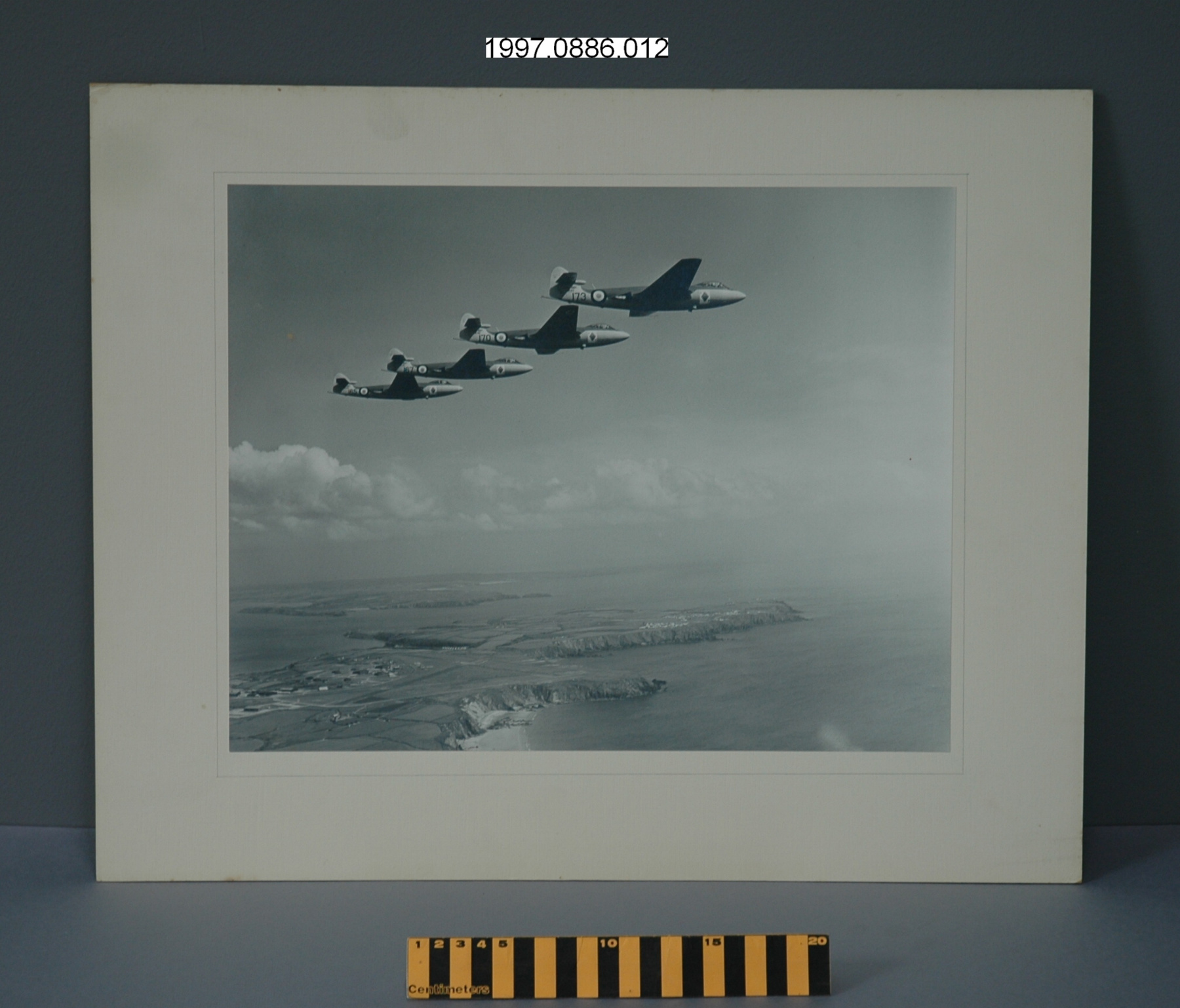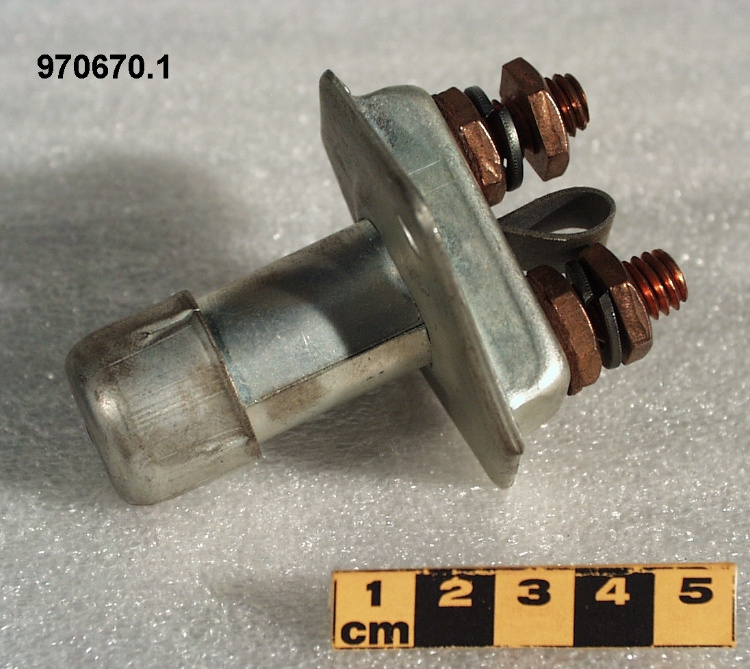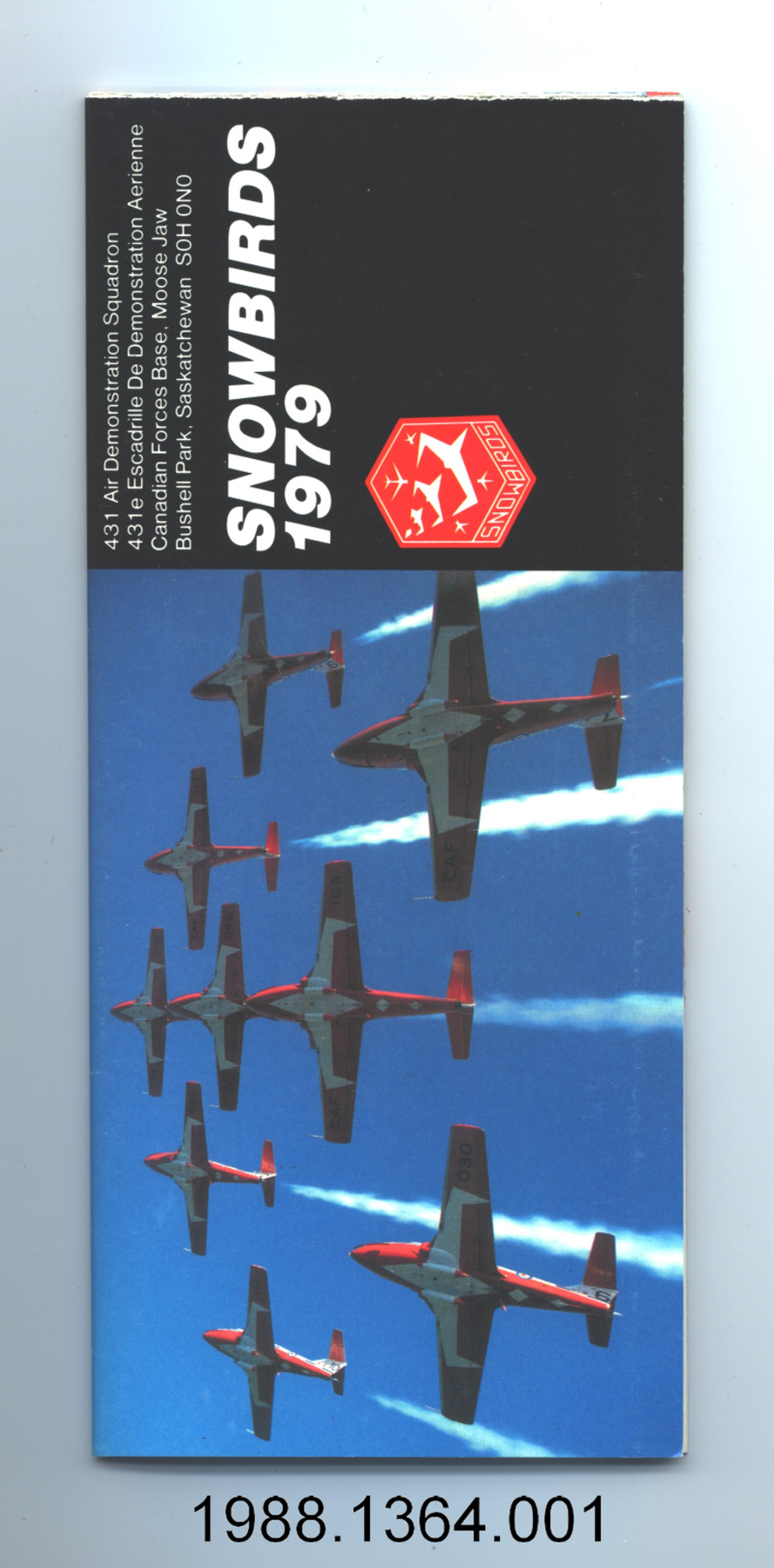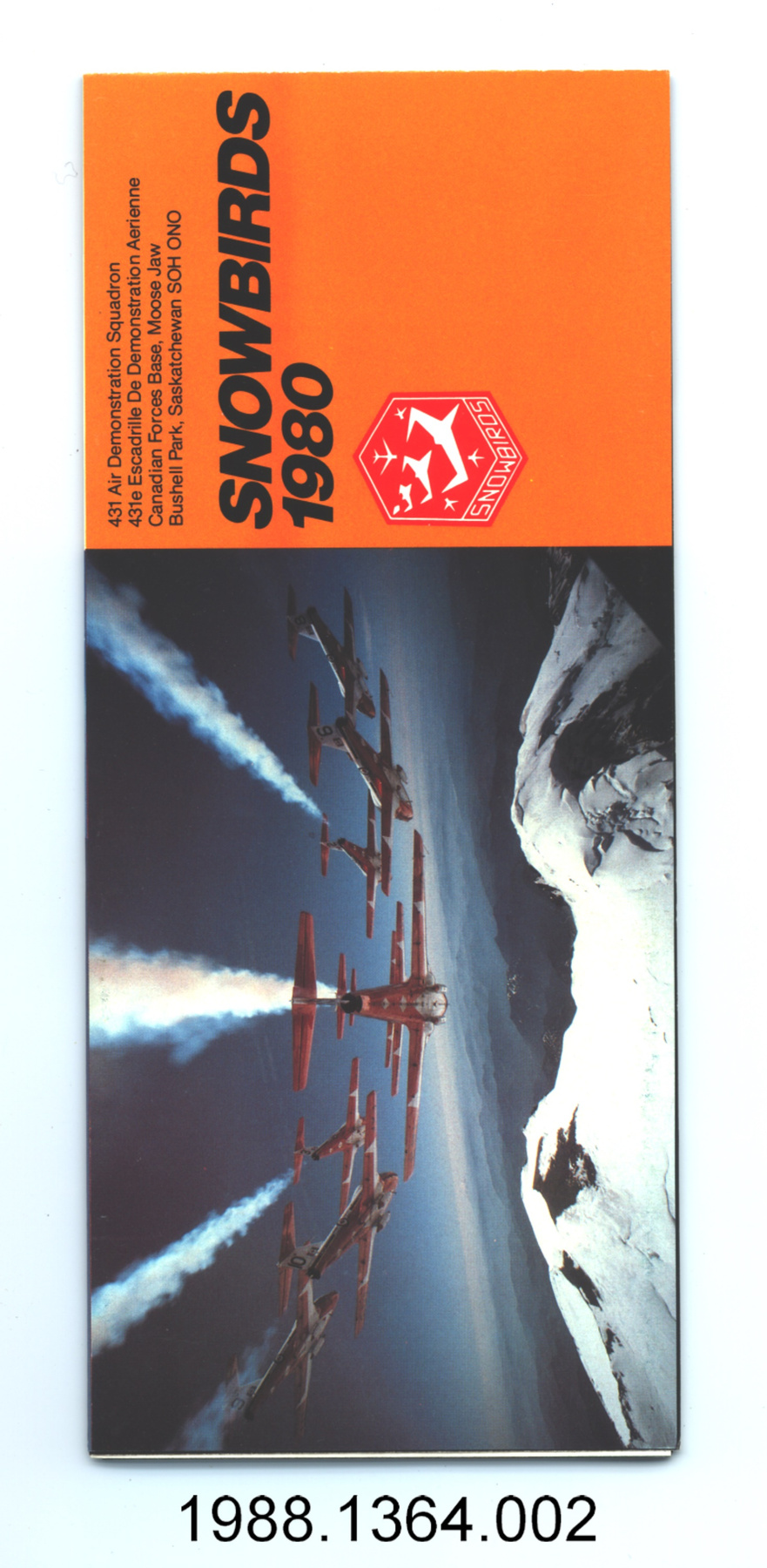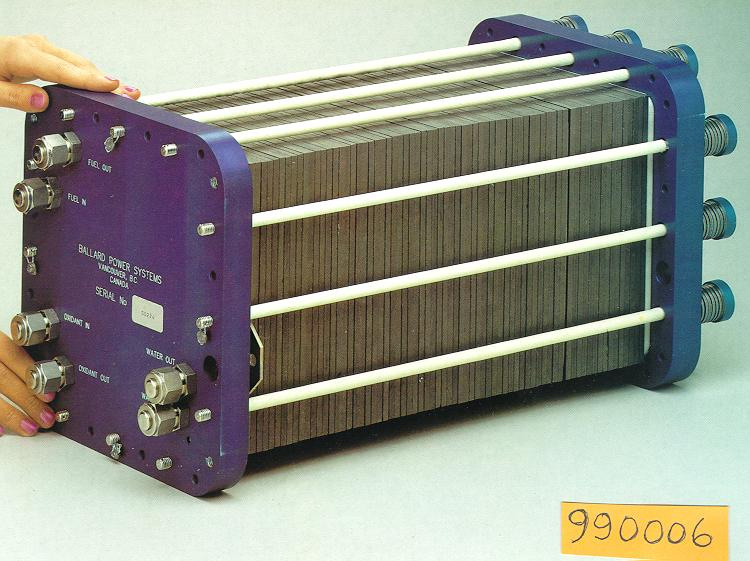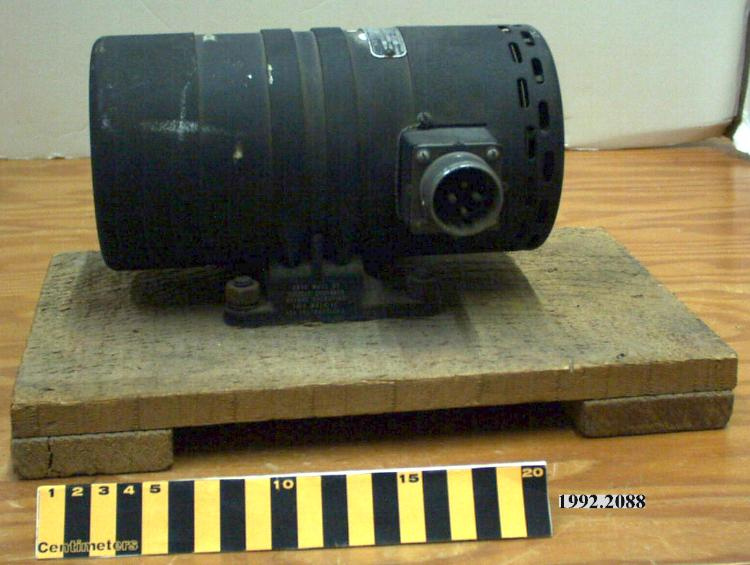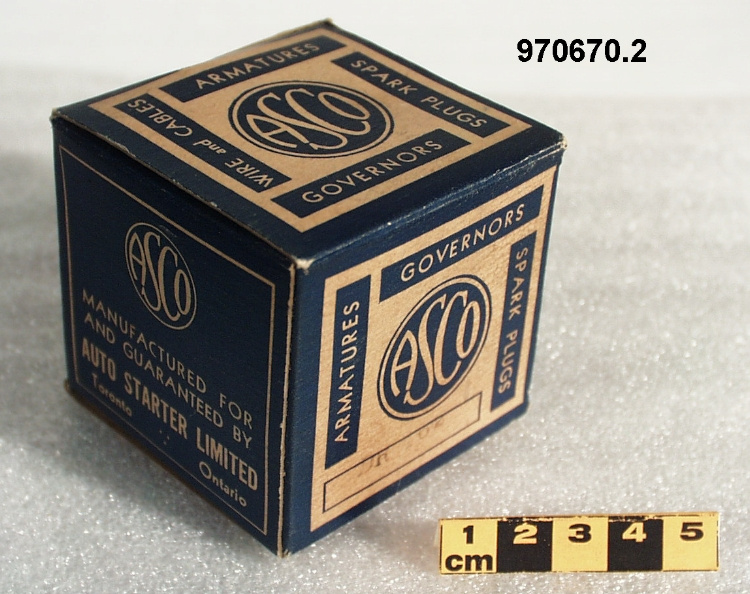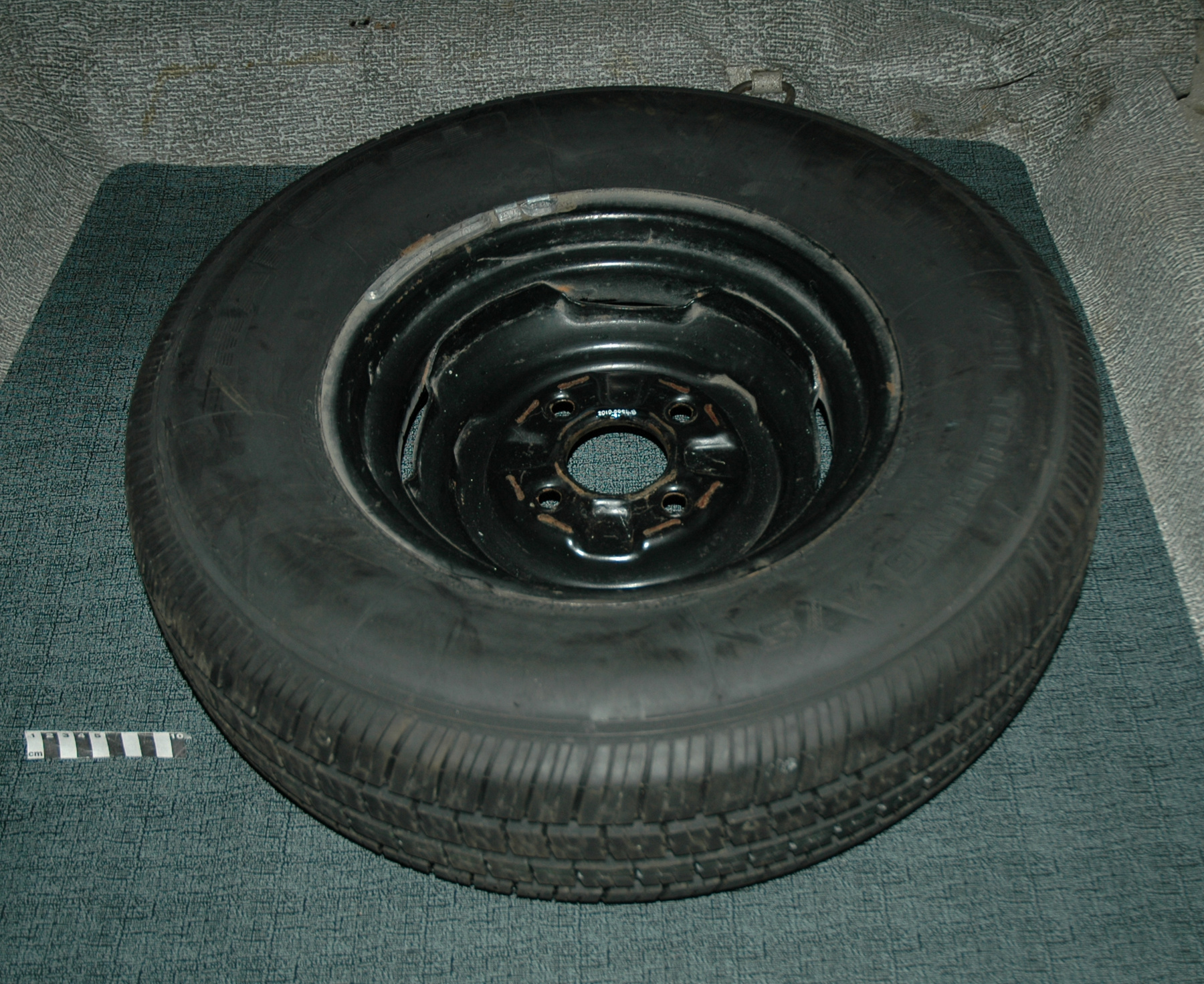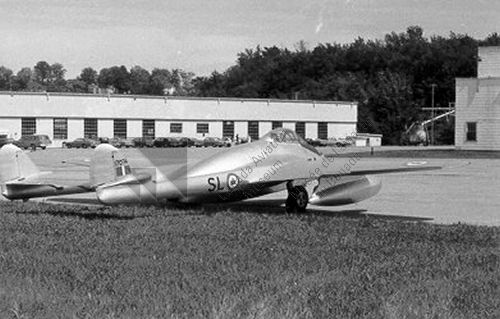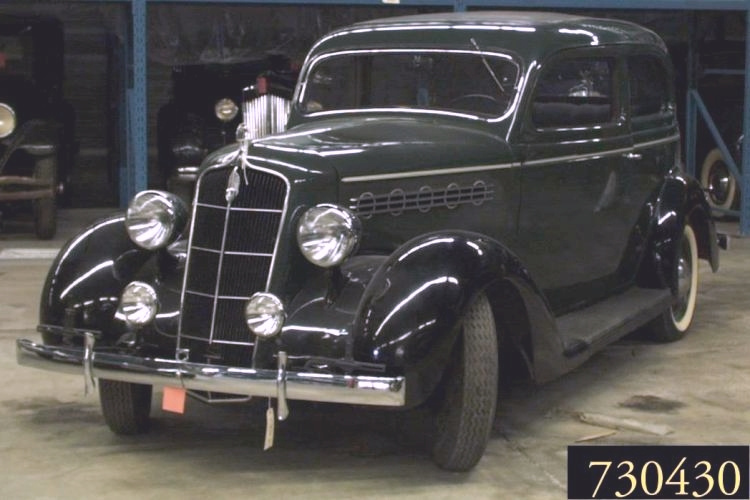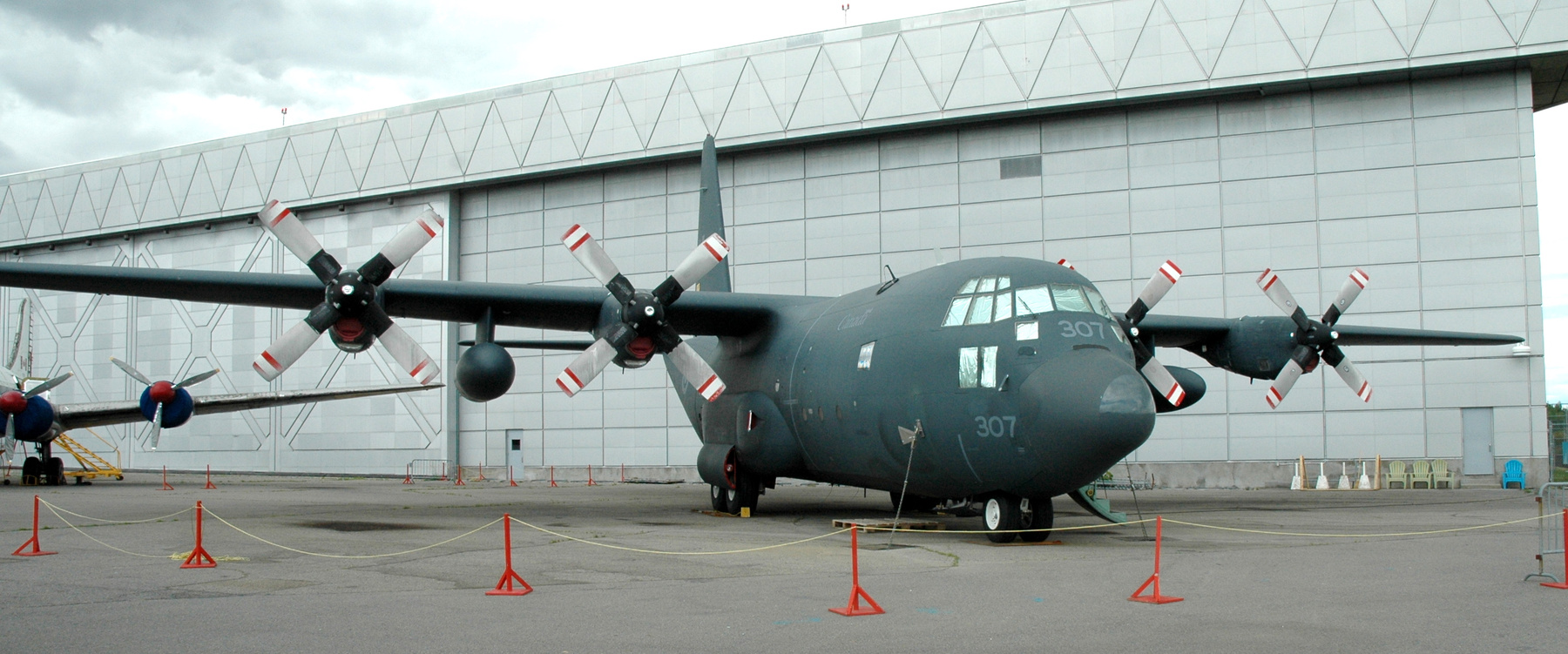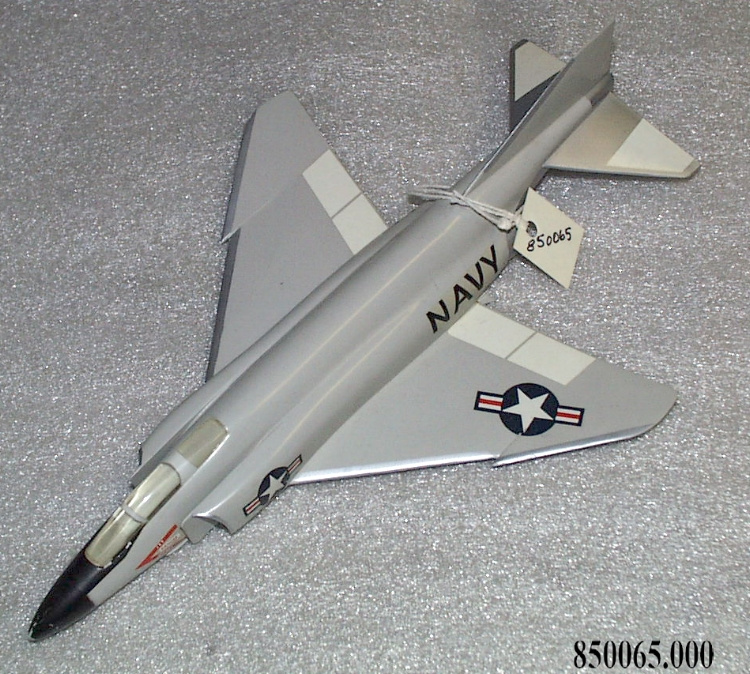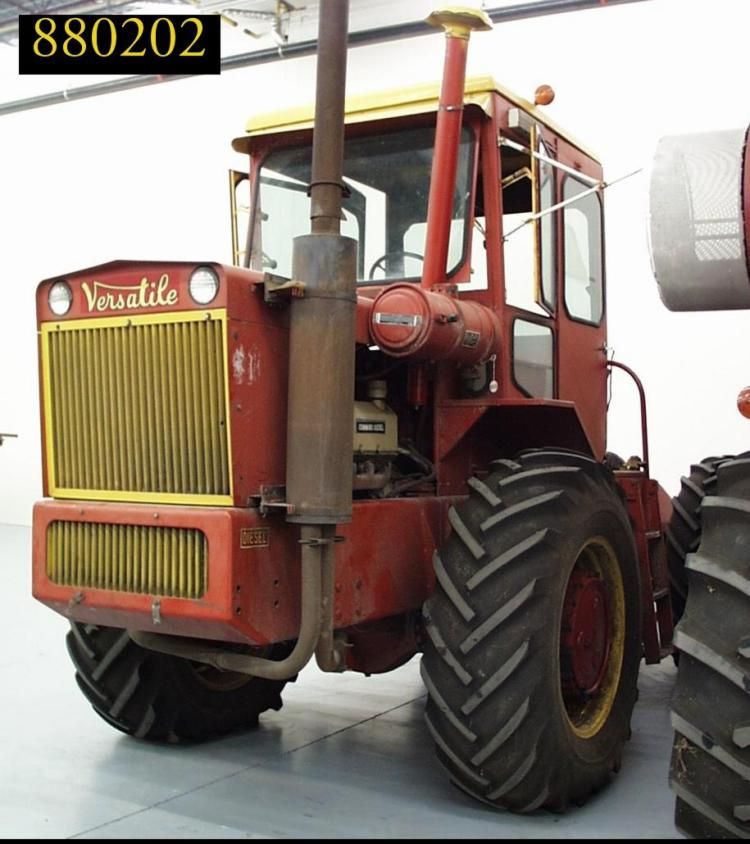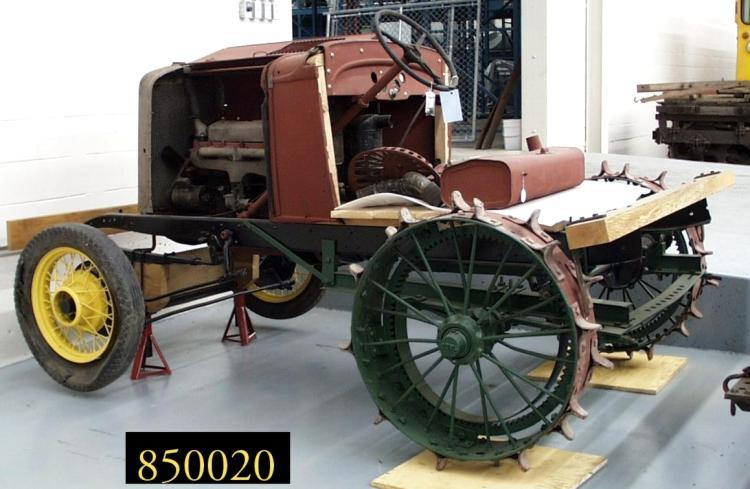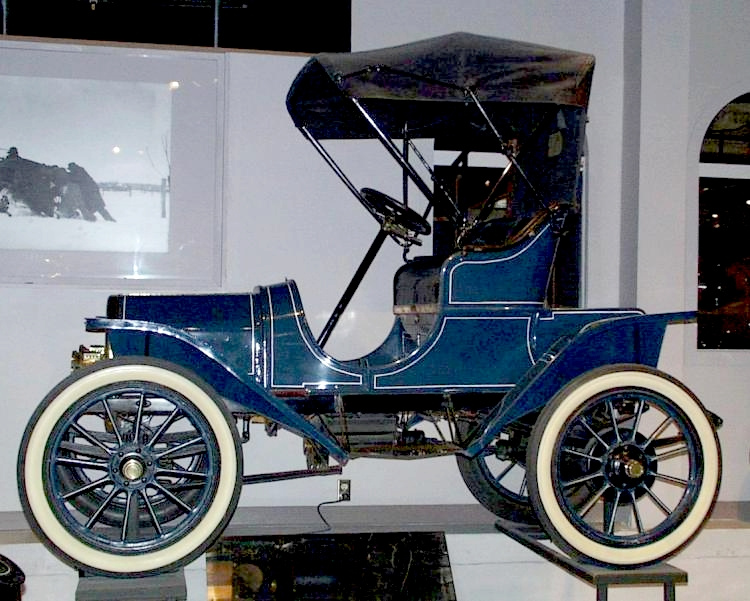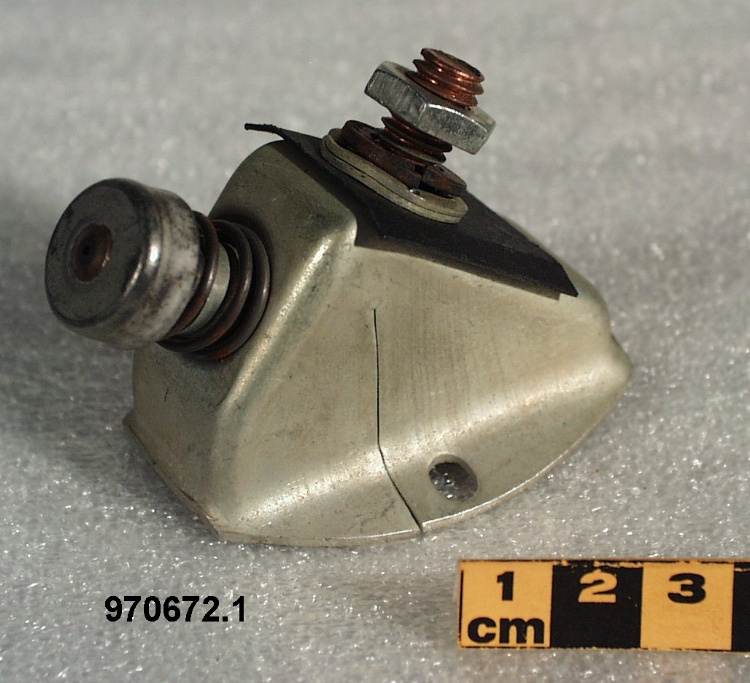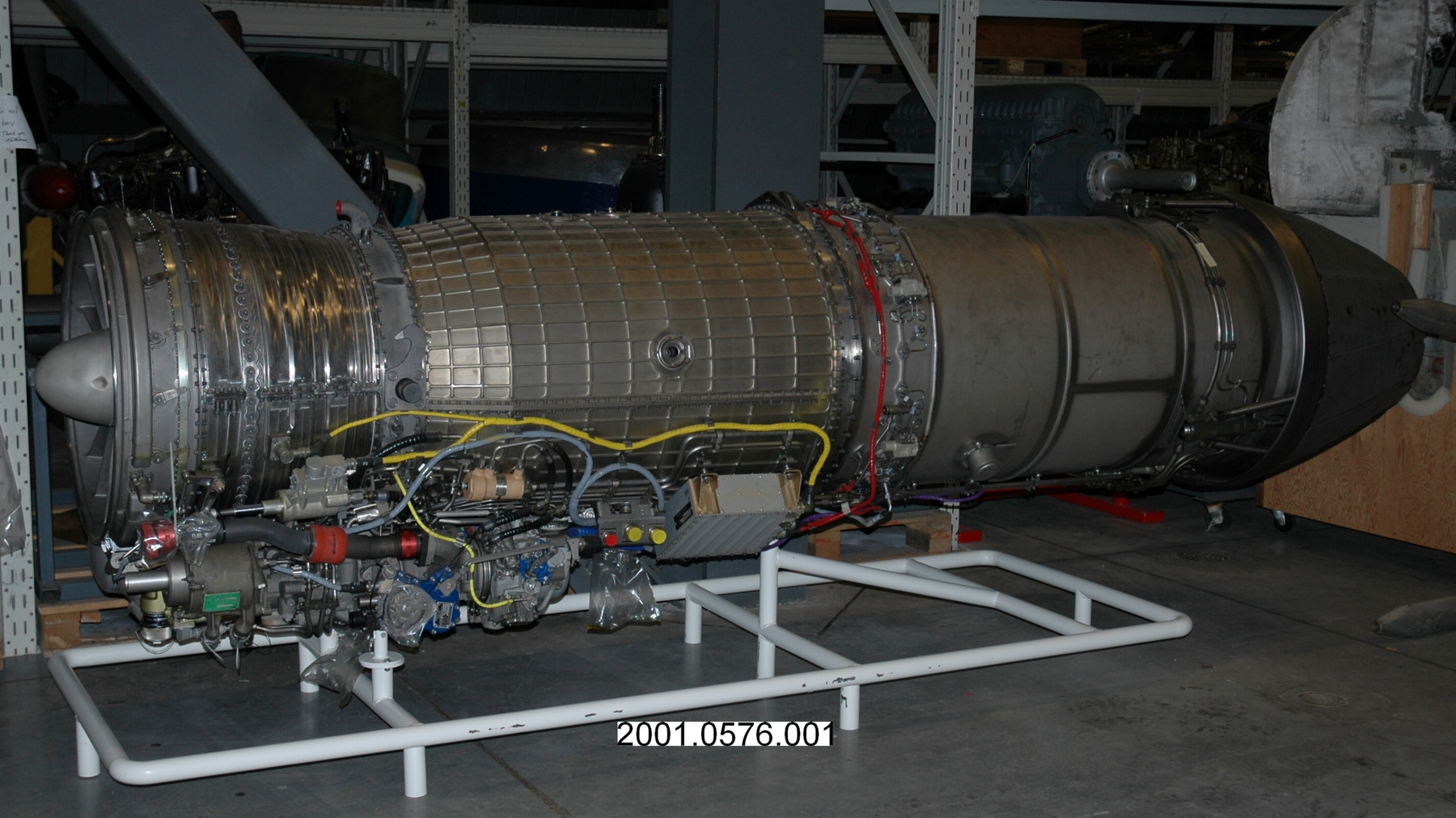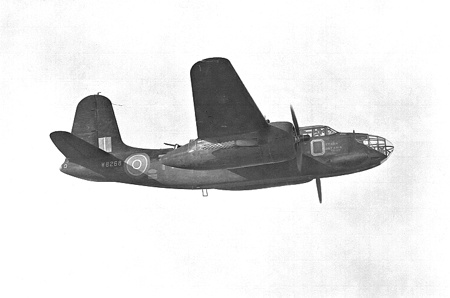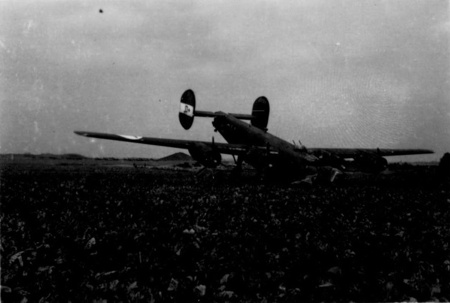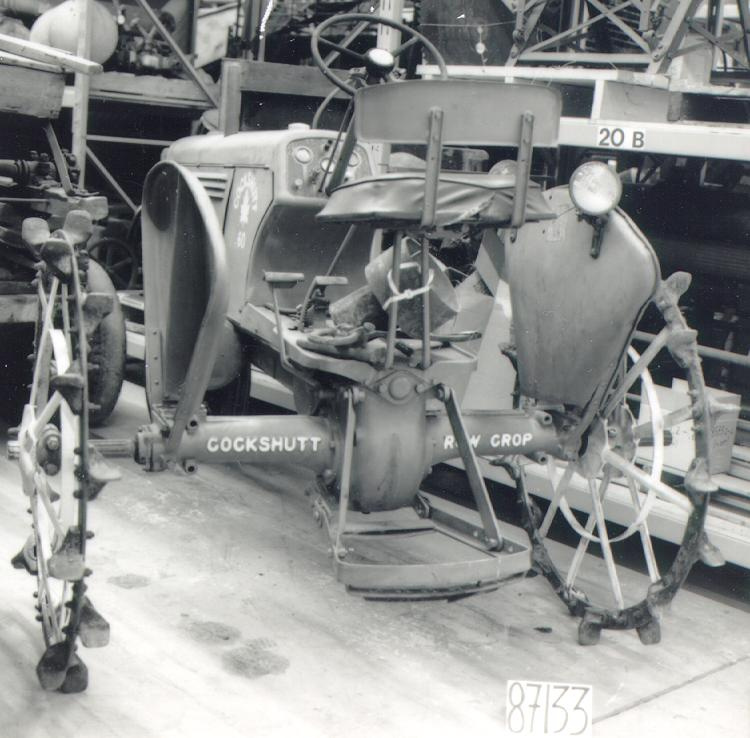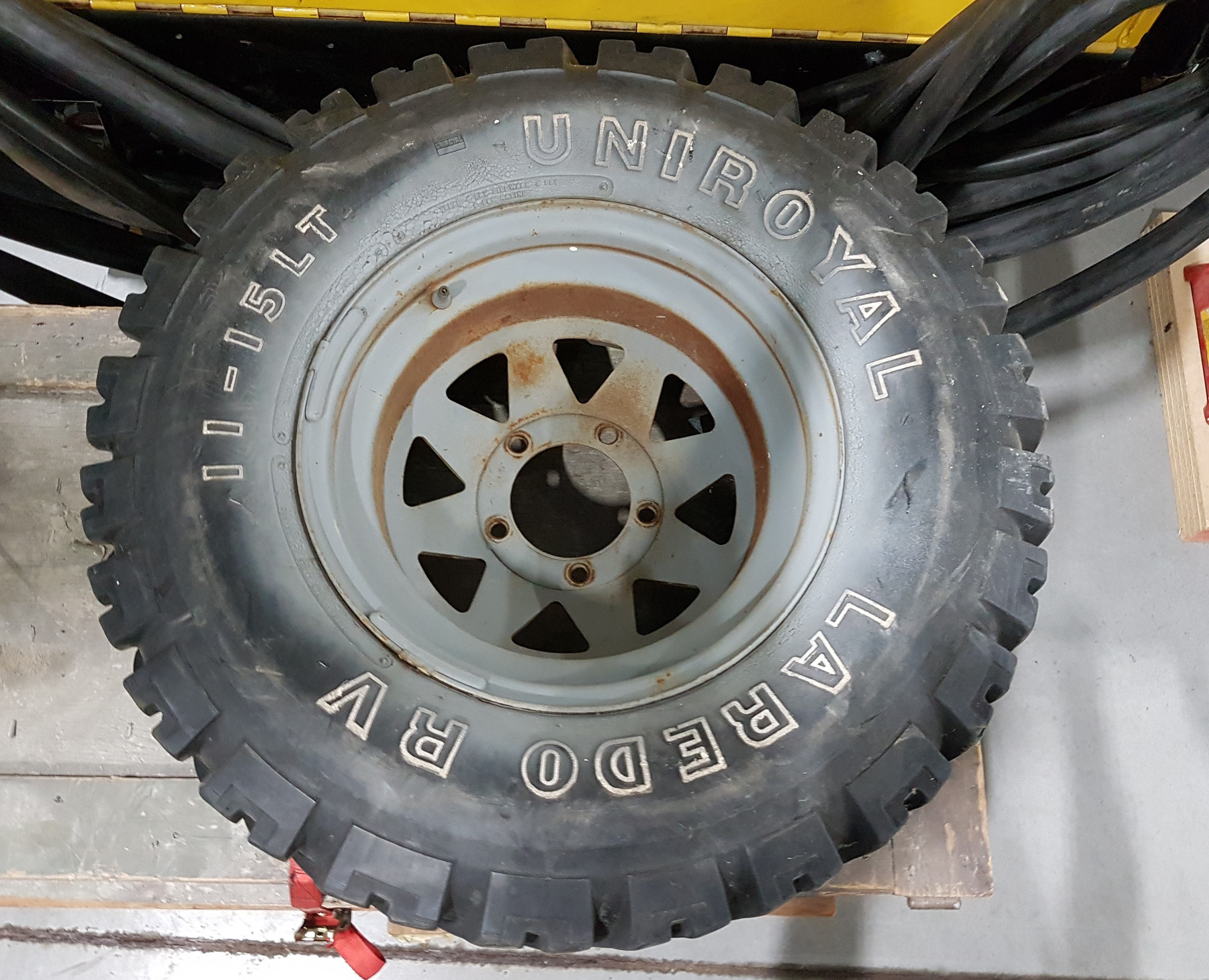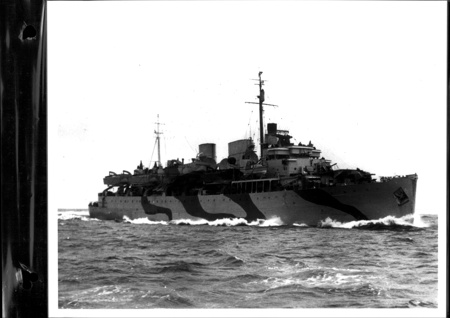Tire
Use this image
Can I reuse this image without permission? Yes
Object images on the Ingenium Collection’s portal have the following Creative Commons license:
Copyright Ingenium / CC BY-NC-ND (Attribution-NonCommercial 4.0 International (CC BY-NC 4.0)
ATTRIBUTE THIS IMAGE
Ingenium,
2014.0434.004
Permalink:
Ingenium is releasing this image under the Creative Commons licensing framework, and encourages downloading and reuse for non-commercial purposes. Please acknowledge Ingenium and cite the artifact number.
DOWNLOAD IMAGEPURCHASE THIS IMAGE
This image is free for non-commercial use.
For commercial use, please consult our Reproduction Fees and contact us to purchase the image.
- OBJECT TYPE
- N/A
- DATE
- Unknown
- ARTIFACT NUMBER
- 2014.0434.004
- MANUFACTURER
- Unknown
- MODEL
- Unknown
- LOCATION
- Unknown
More Information
General Information
- Serial #
- N/A
- Part Number
- 4
- Total Parts
- 5
- AKA
- N/A
- Patents
- N/A
- General Description
- Spare tire for Mobile Electric Power Plant.
Dimensions
Note: These reflect the general size for storage and are not necessarily representative of the object's true dimensions.
- Length
- N/A
- Width
- N/A
- Height
- 27.95 cm
- Thickness
- N/A
- Weight
- N/A
- Diameter
- 76.2 cm
- Volume
- N/A
Lexicon
- Group
- Motorized Ground Transportation
- Category
- Airport operations
- Sub-Category
- N/A
Manufacturer
- AKA
- Unknown
- Country
- Unknown
- State/Province
- Unknown
- City
- Unknown
Context
- Country
- Unknown
- State/Province
- Unknown
- Period
- Unknown
- Canada
-
The early Canadian career of the Mobile Electric Power Plant offered to the corporation is not known. This being said, given that this type of mobile power generating unit was used by the U.S. Navy, the suspicion is that this unit may have been used by the Royal Canadian Navy (RCN). After all, the RCN operated a number of American aircraft in the 1950s and 1960s, both from shore bases and aboard the aircraft carriers it operated one after the other. This suspicion was given further credence by research which showed that Consolidated Diesel had received orders from A.V. Roe Canada, the Royal Canadian Air Force and the Royal Canadian Navy by 1955. This may explain, at least in part, the creation of a subsidiary in Canada in 1955, to handle sales and to produce certain items (ground support equipment, aircraft component testing equipment and generator sets). Based in Rexdale near Toronto, Consolidated Diesel Electric Corporation of Canada (or Con Diesel Canada), began to operate in the summer of 1956. Further confirmation of this suspicion that this vehicle was linked ot the RCN came via Ernest Cable, historian of the Shearwater Aviation Museum in Nova Scotia. Cable mentions ground crews of an RCN squadron equipped with McDonnell F2h-3 Banshees extensively used Consolidated Diesel NC-5 to start these all-weather jet fighters. Indeed, most of the Banshee's auxiliary systems, including the wing fold mechanism, were electrically driven. Normally based at HMCS Dartmouth, Squadron VF-870 also spent time abord the RCN's sole aircraft carrier, HMCS Bonaventure. It is therefore likely that the Con Diesel NC-5 were also used on that ship. In any event, the NC-5s accompanied the squadron when it was deployed to places like the Canadian Joint Air Training Centre at Rivers, Manitoba and Naval Air Station Cecil Field near Jacksonville, Florida. It is fair to assume that the RCN's other squadron equipped with Banshees, i.e. VF871, also used Con Diesel NC-5. Finally, it is worth noting that Ingenium's collection includes a Banshee (1967.0672) that served with VF870 between 1957 and 1962. This unit was taken out of service in the late 1970s or early 1980s and was acquired by a company based at the Peterborough Airport. - Function
-
A spare tire meant for a Mobile Electric Power Plant. - Technical
-
External sources of power have been used to start airplanes since the earliest days of flight. Even though internal starters gradually made their appearance, the idea of using ground-based starter systems was not abandoned. Starter trolleys fitted with batteries were used in the 1930s for example. As useful as these hand-pushed devices were, the idea of a self-powered ground based starter system emerged. It is unclear at this point if Consolidated Diesel was a pioneer in this field. In any event, the production of Consolidated Diesel (self-powered) ground support united may have begun in 1951. Ordered by the U.S. Air Force, these units were used to support jet-powered aircraft. The U.S. Navy also ordered Con Diesel ground support units, to support piston- and jet-powered aircraft based on shore or on aircraft carriers. - Area Notes
-
Unknown
Details
- Markings
- On the sidewall of the tire, reads in part: " 11 - 15 LT /. UNIROYAL /. LAREDO RV "
- Missing
- Appears complete.
- Finish
- Metal wheel with rubberized tire.
- Decoration
- N/A
CITE THIS OBJECT
If you choose to share our information about this collection object, please cite:
Unknown Manufacturer, Tire, Unknown Date, Artifact no. 2014.0434, Ingenium – Canada’s Museums of Science and Innovation, http://collections.ingeniumcanada.org/en/id/2014.0434.004/
FEEDBACK
Submit a question or comment about this artifact.
More Like This
